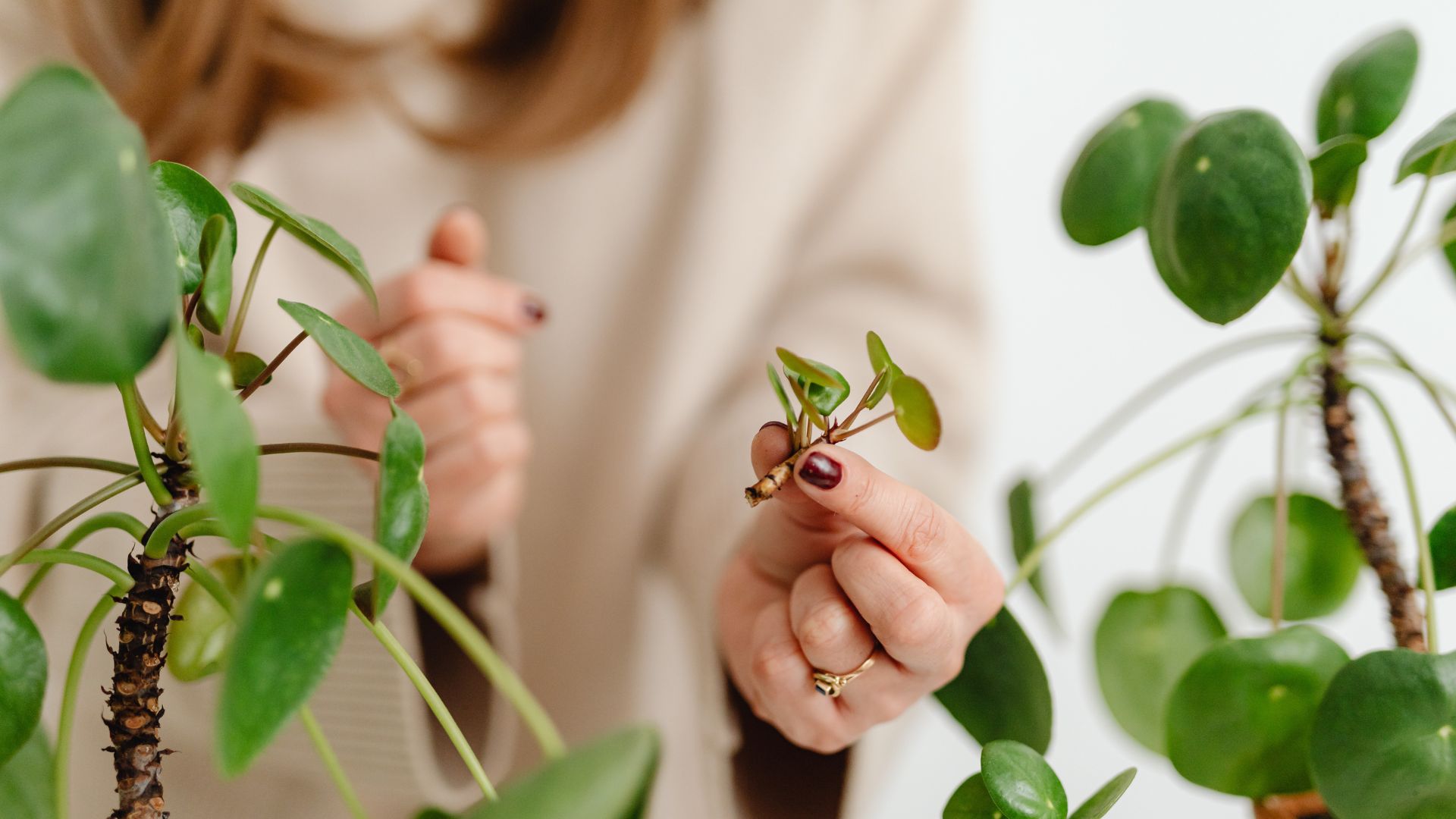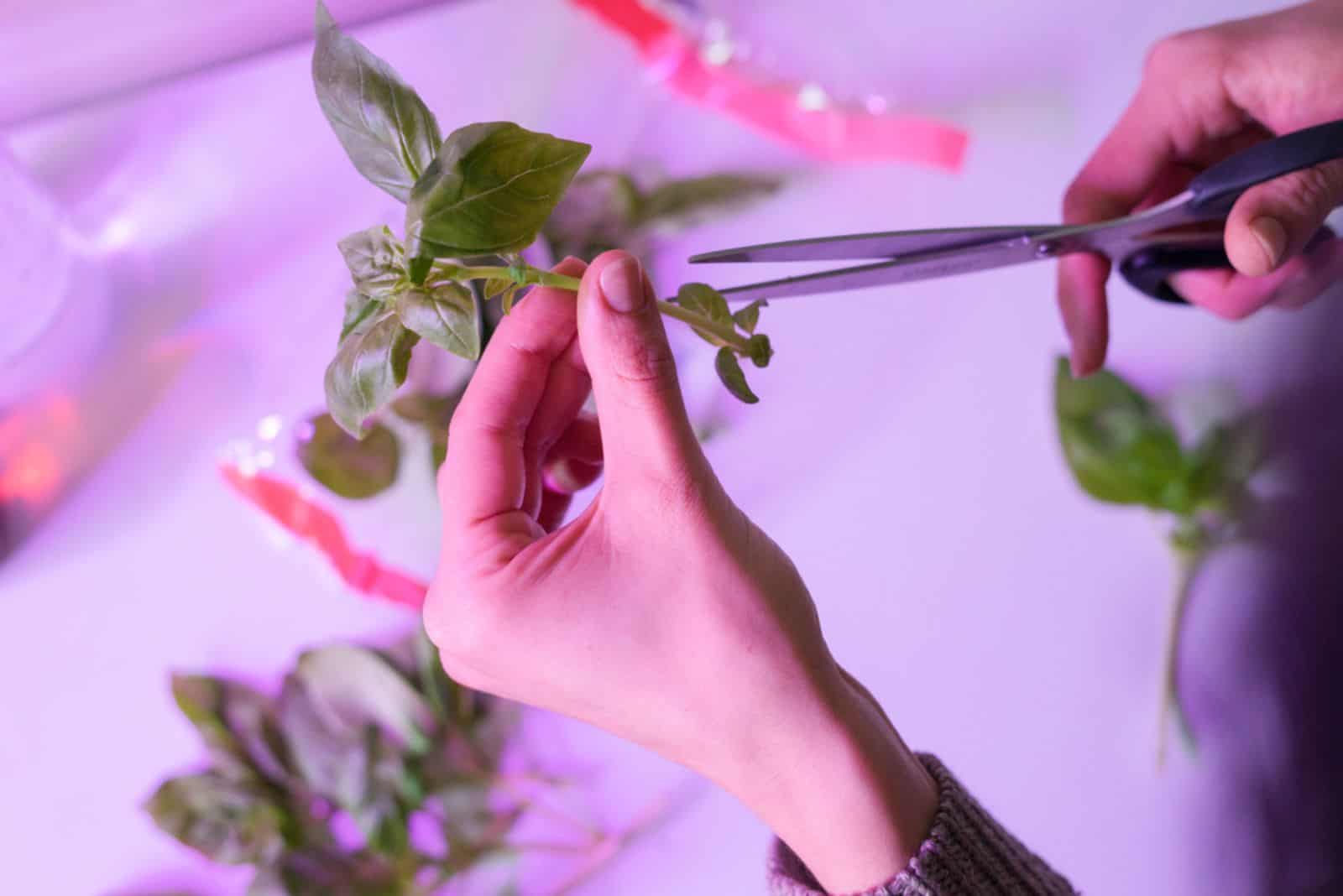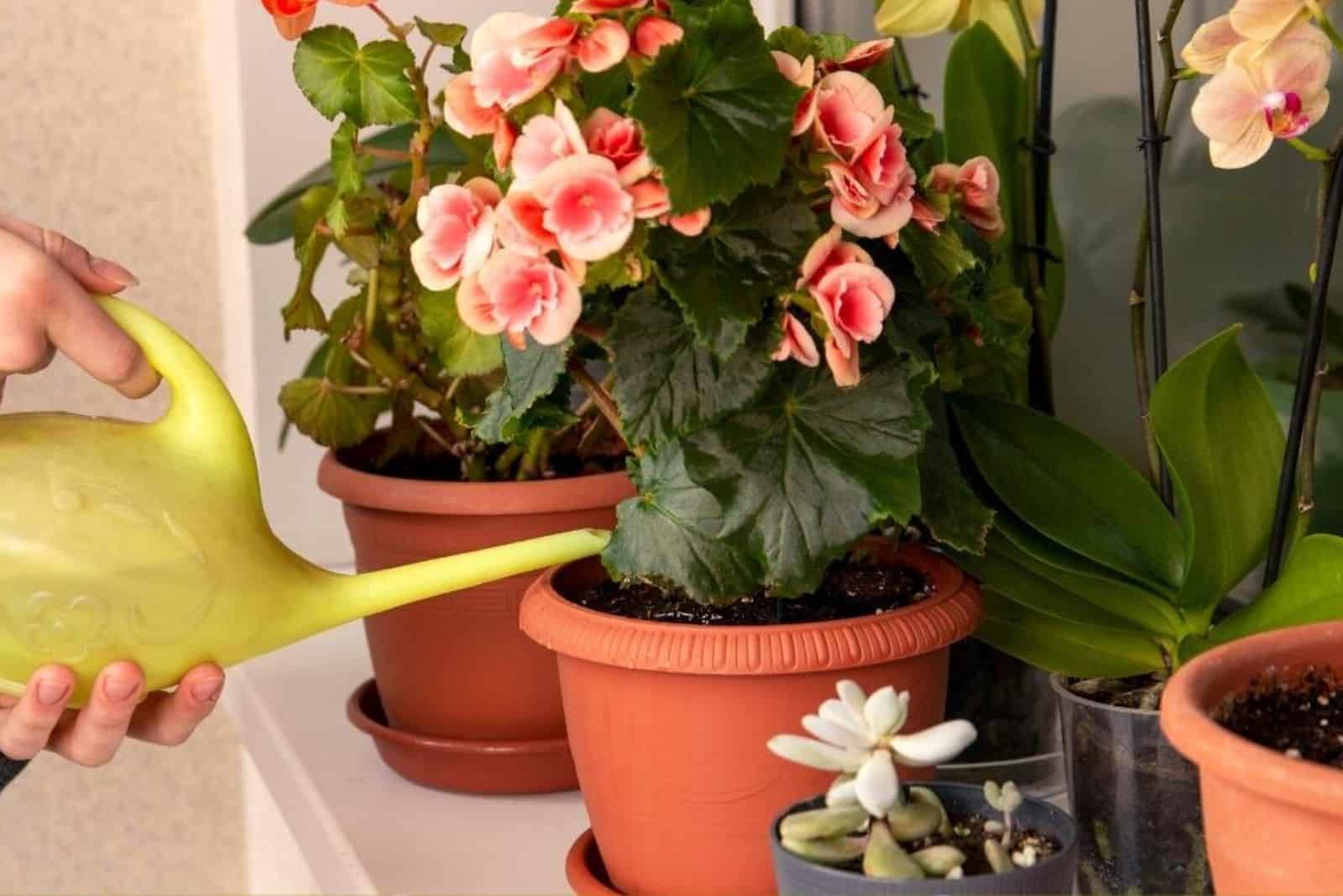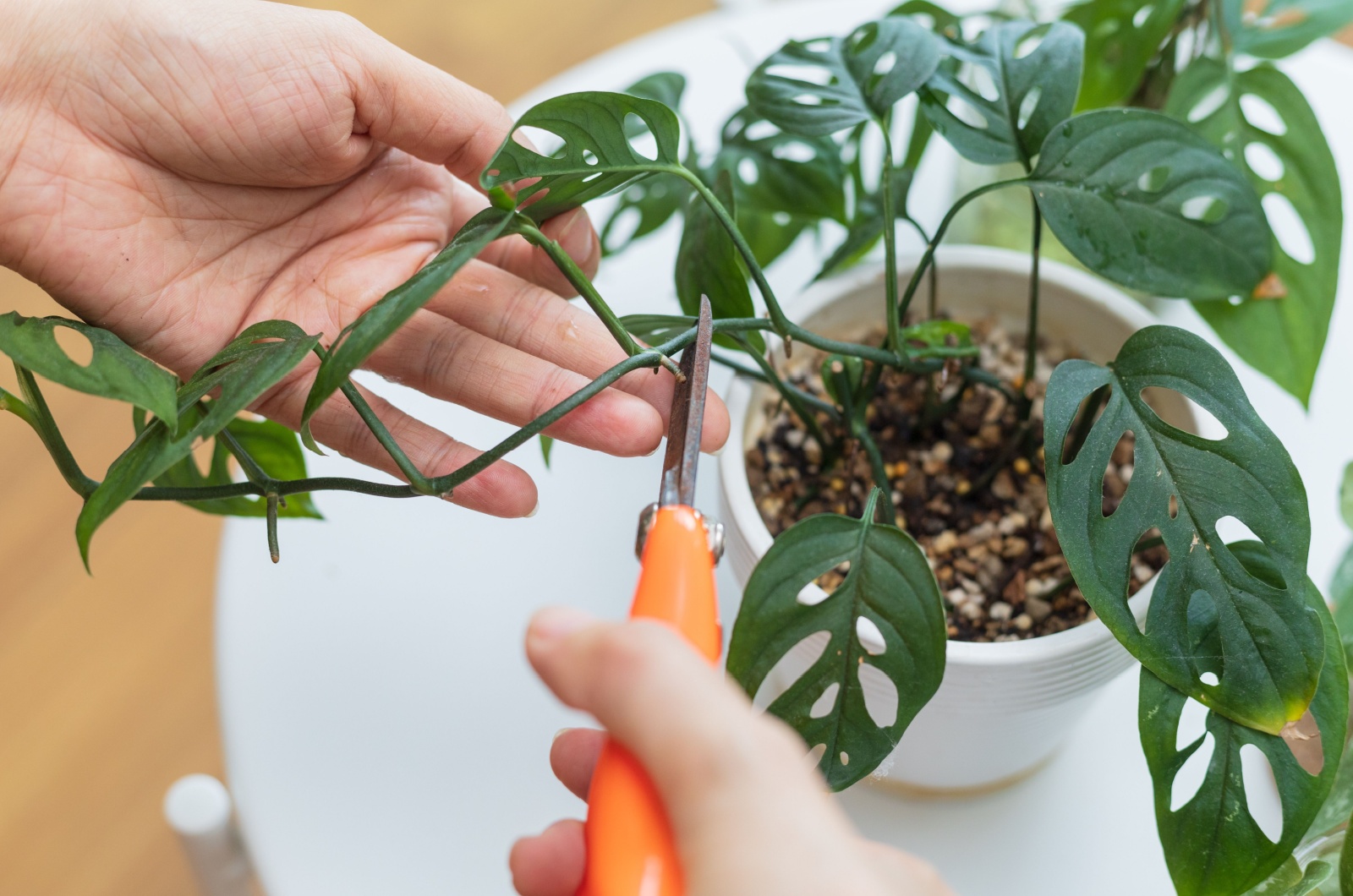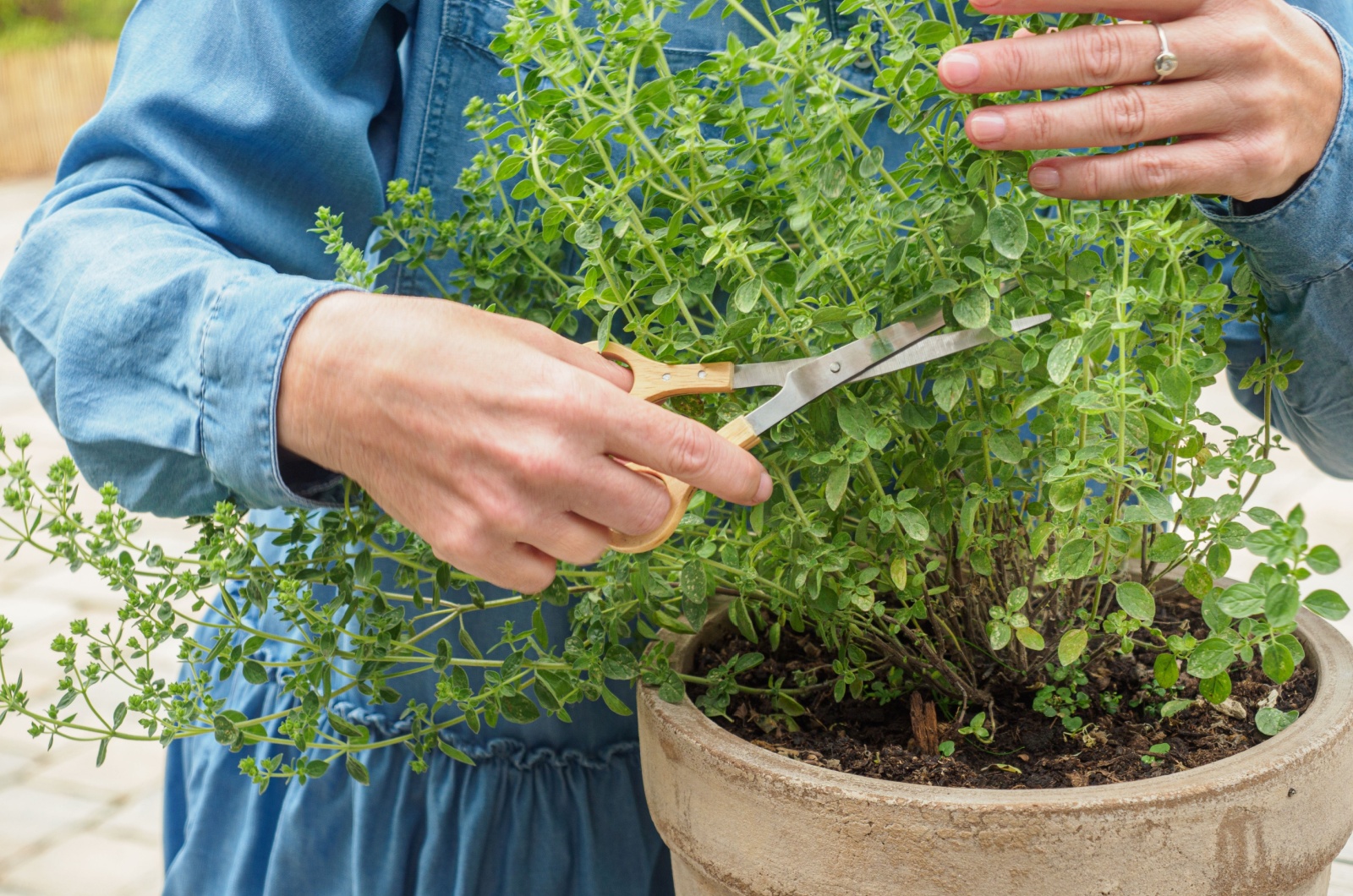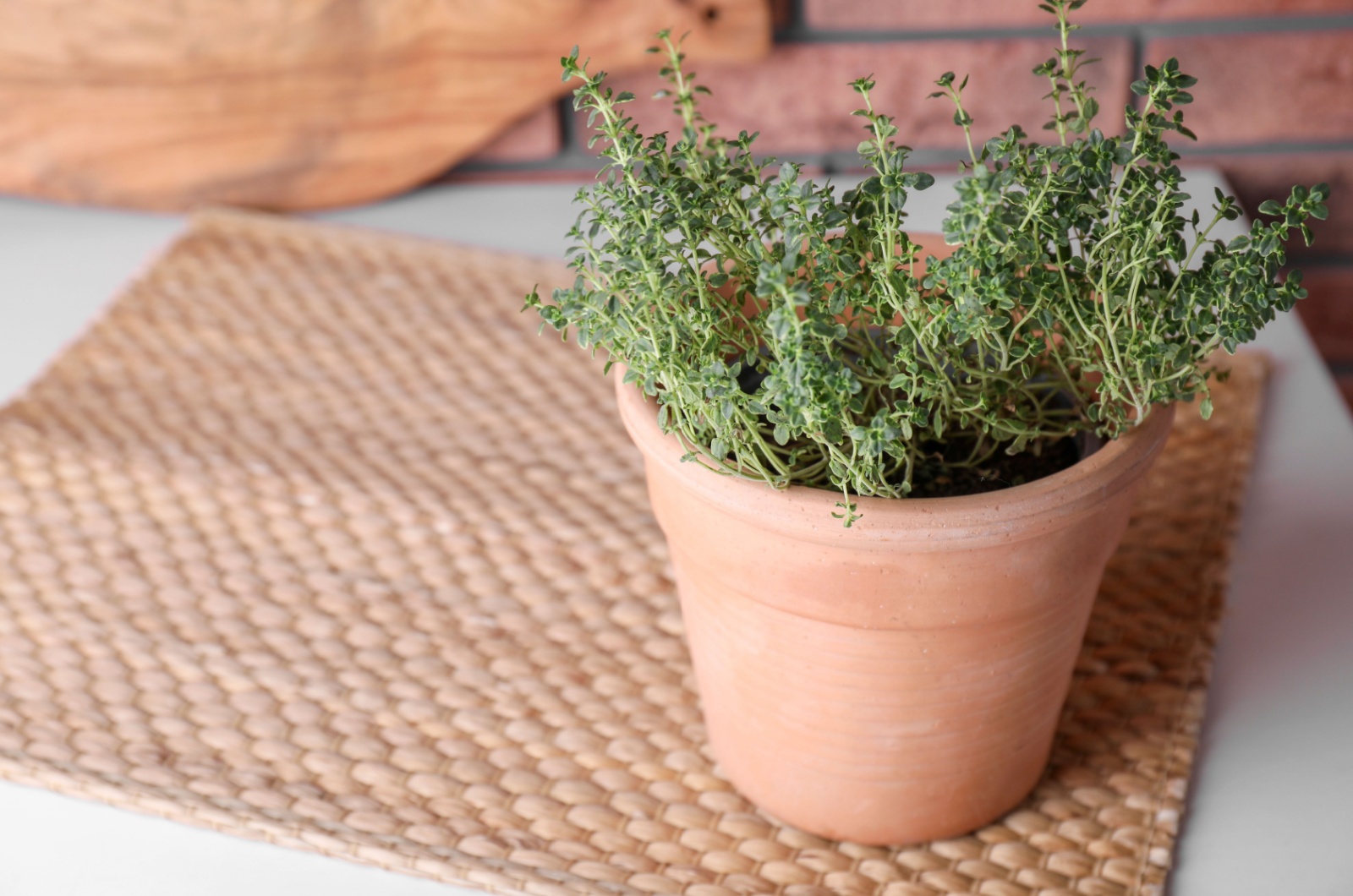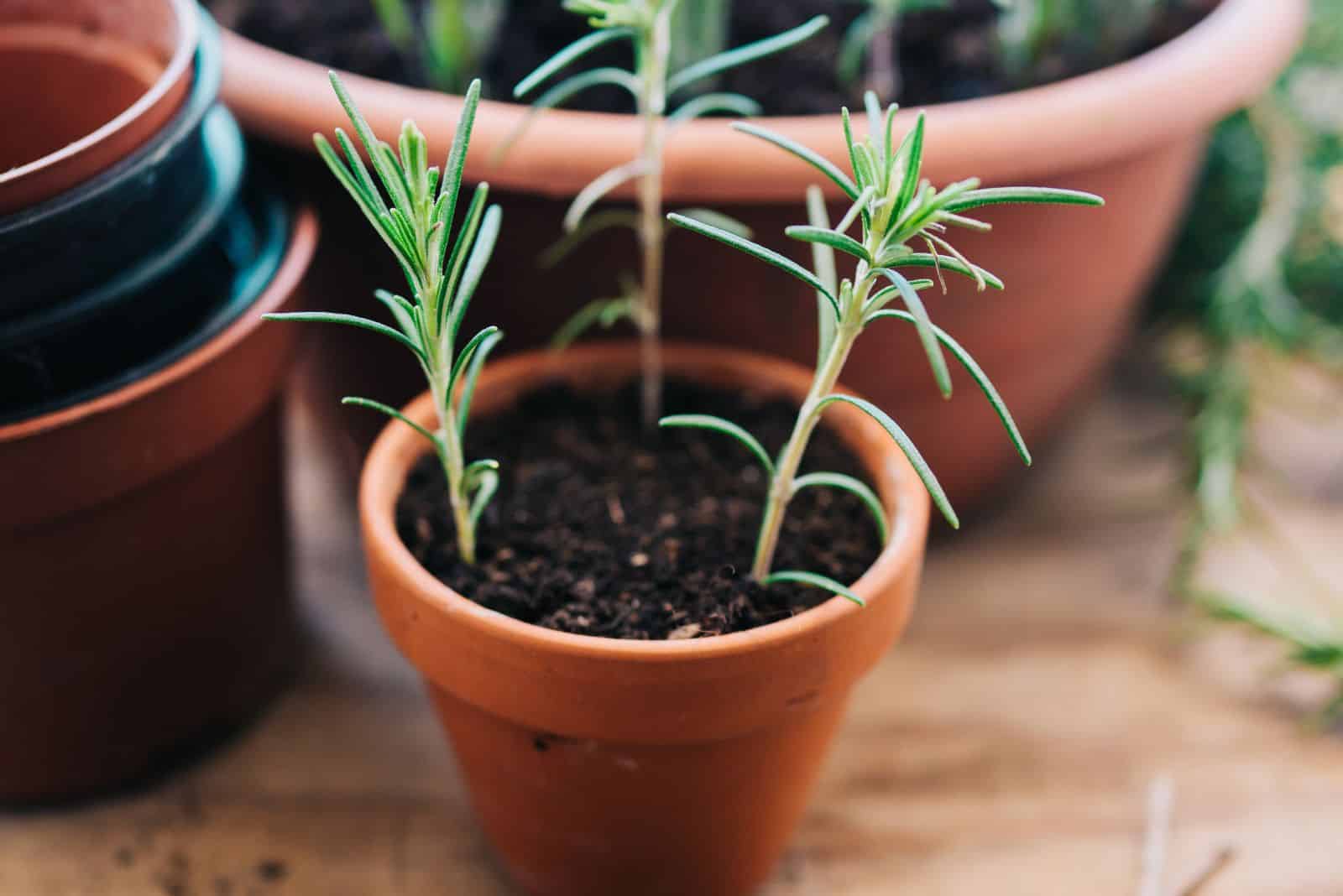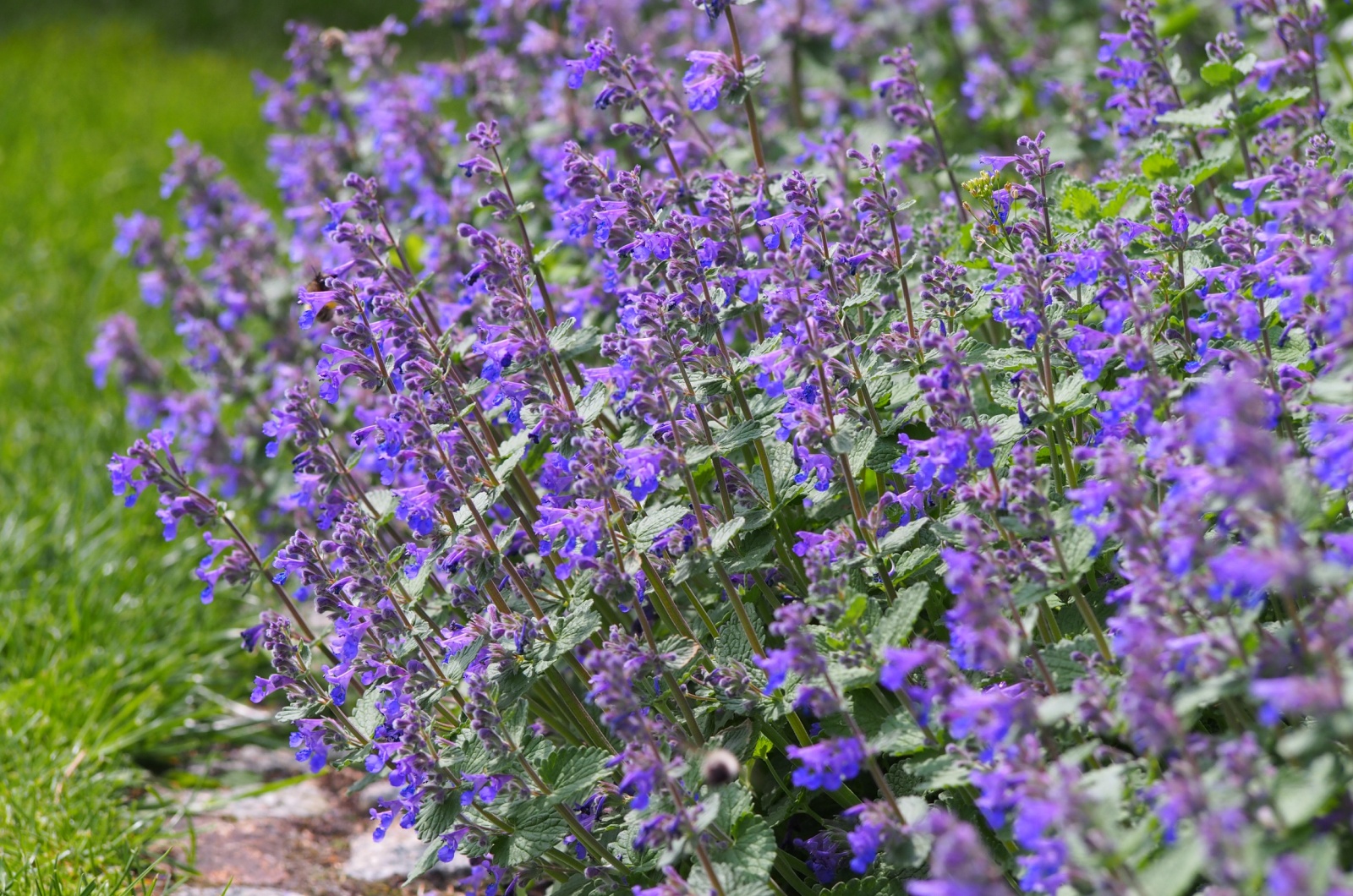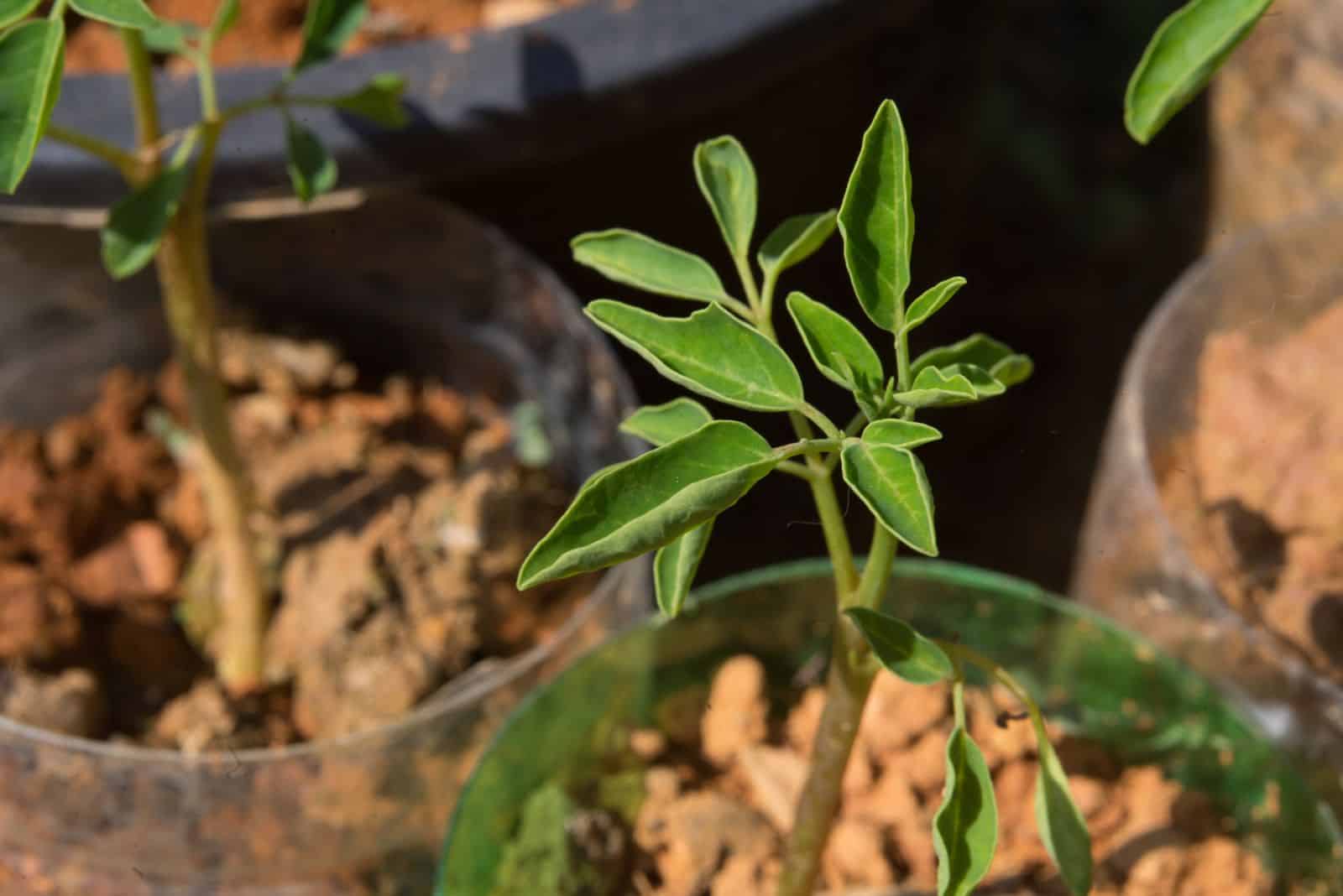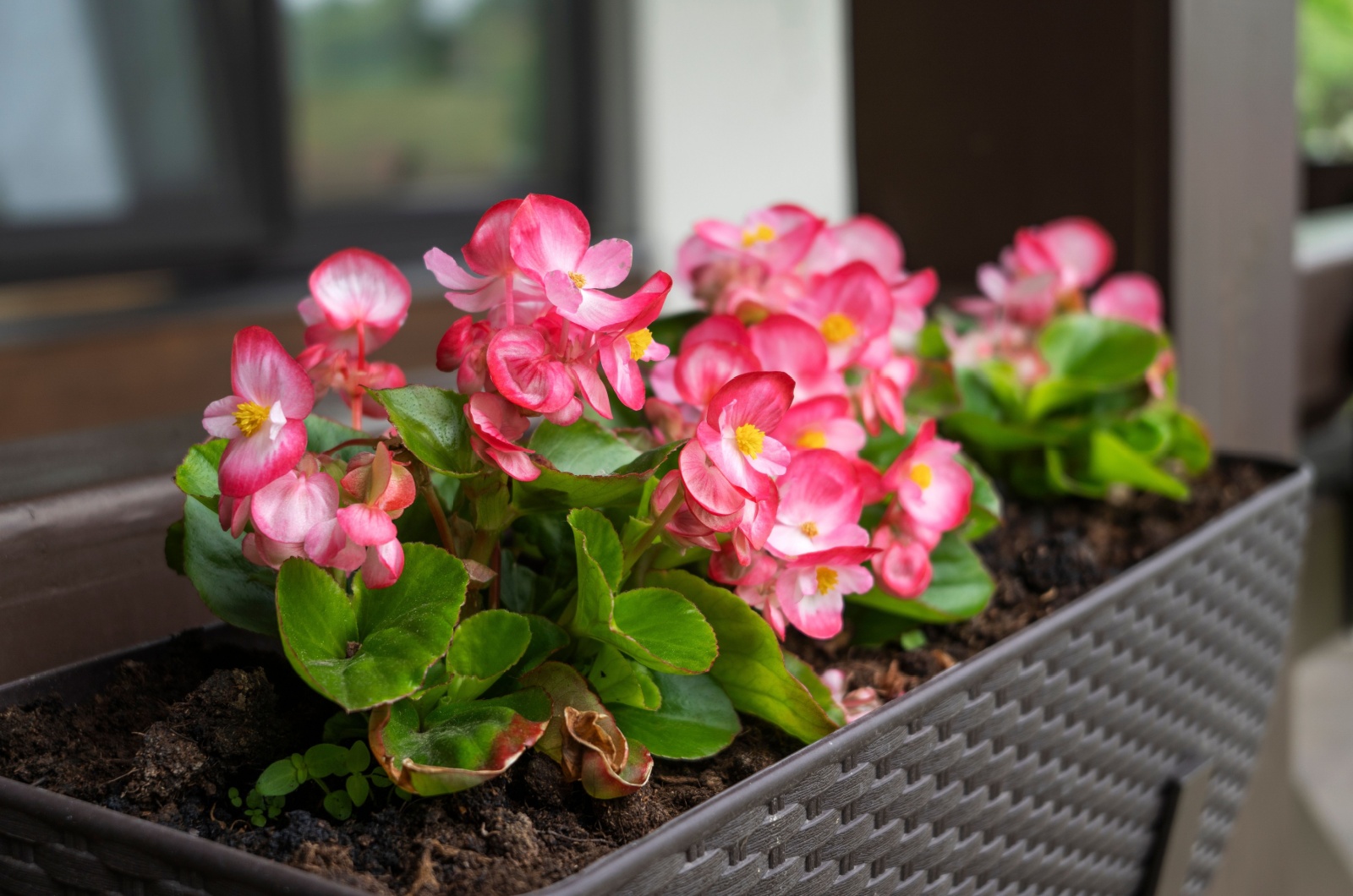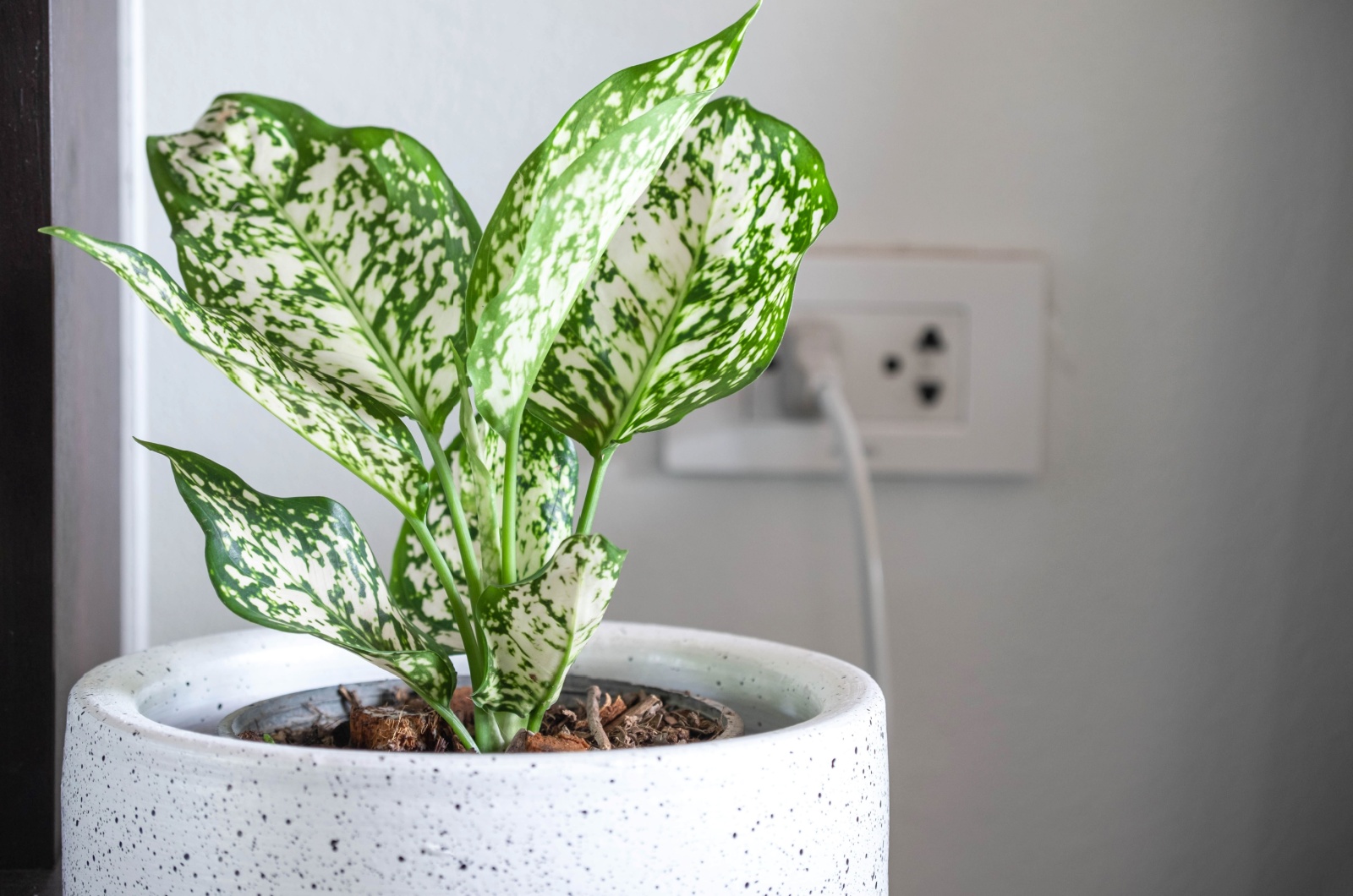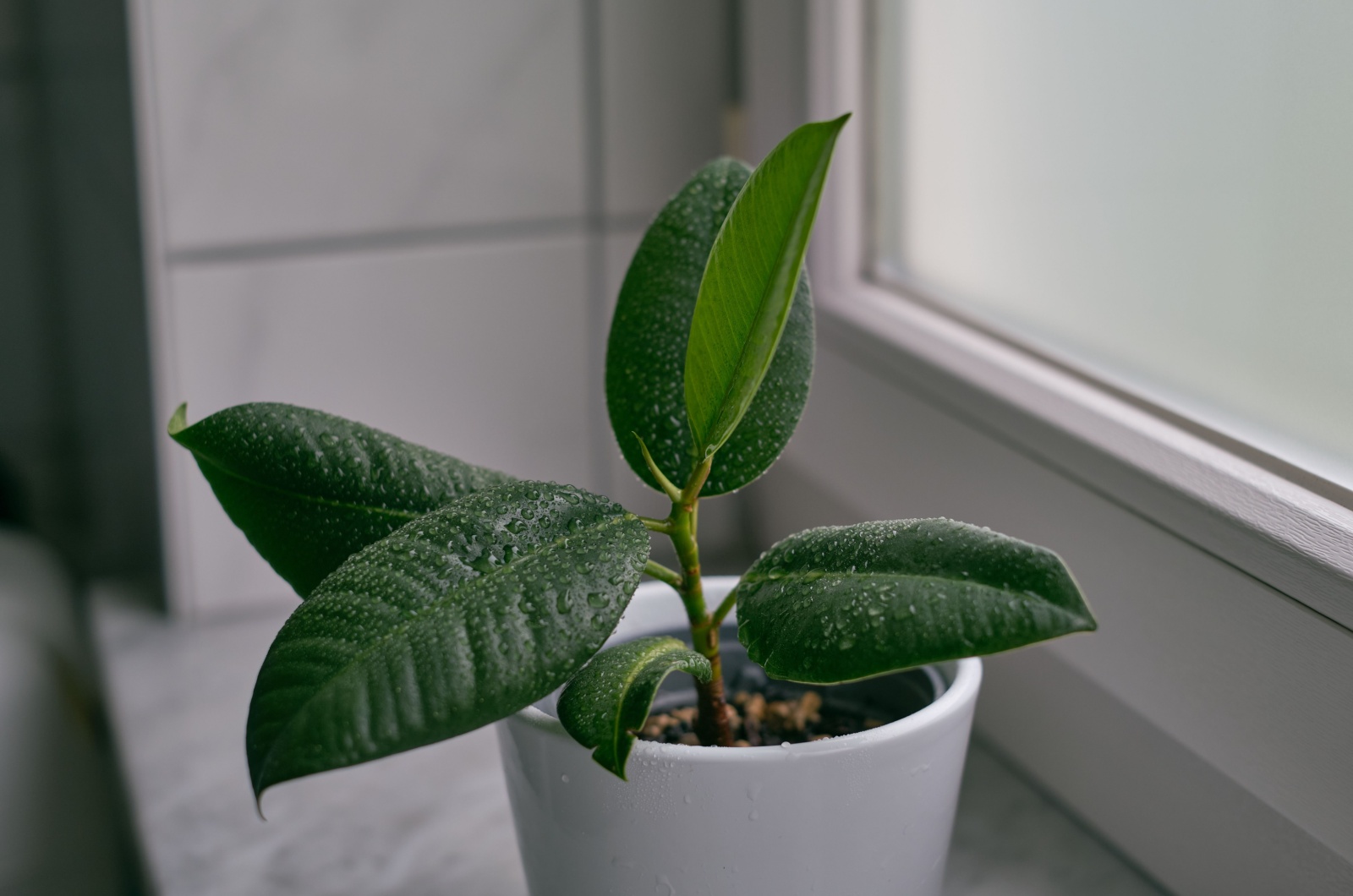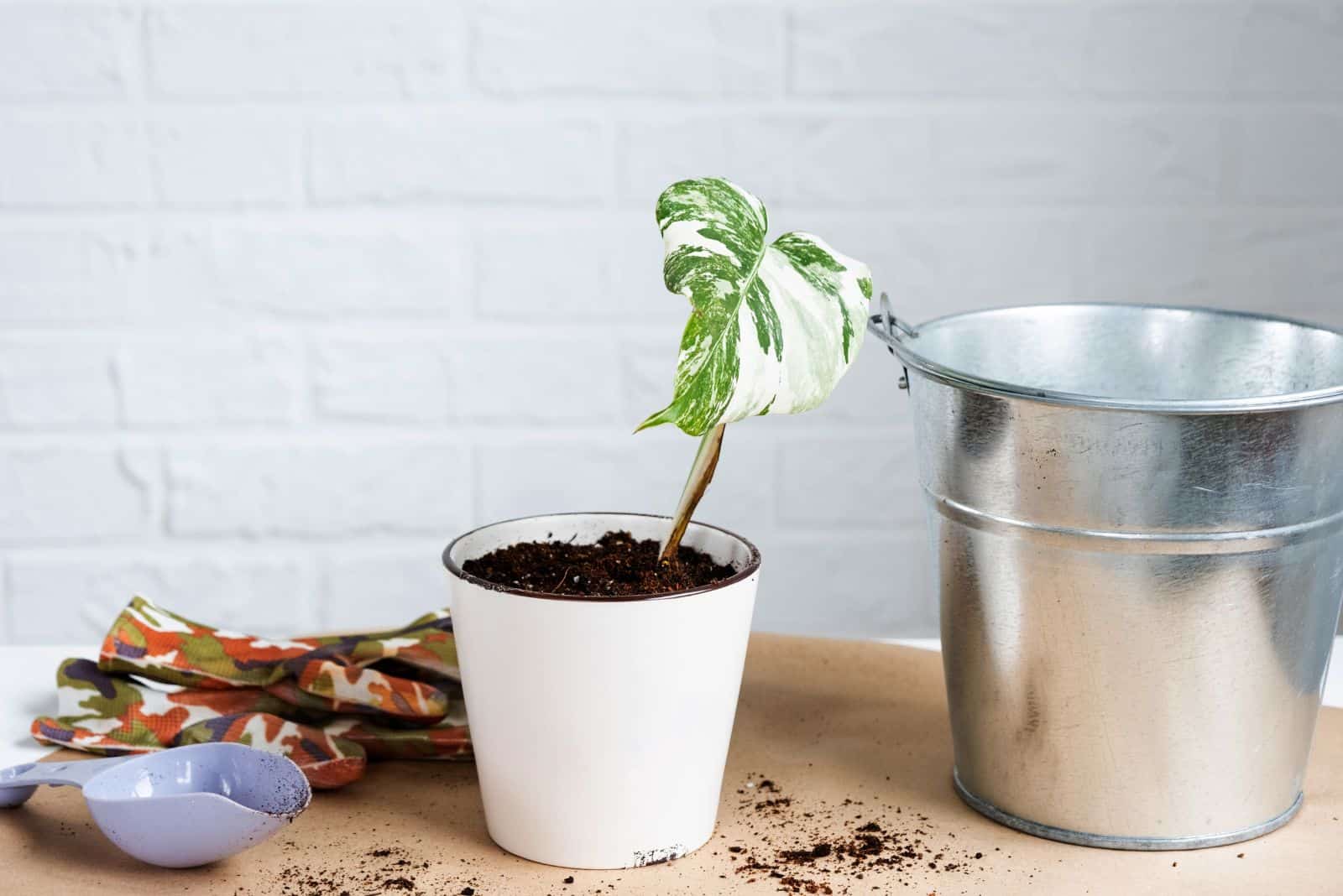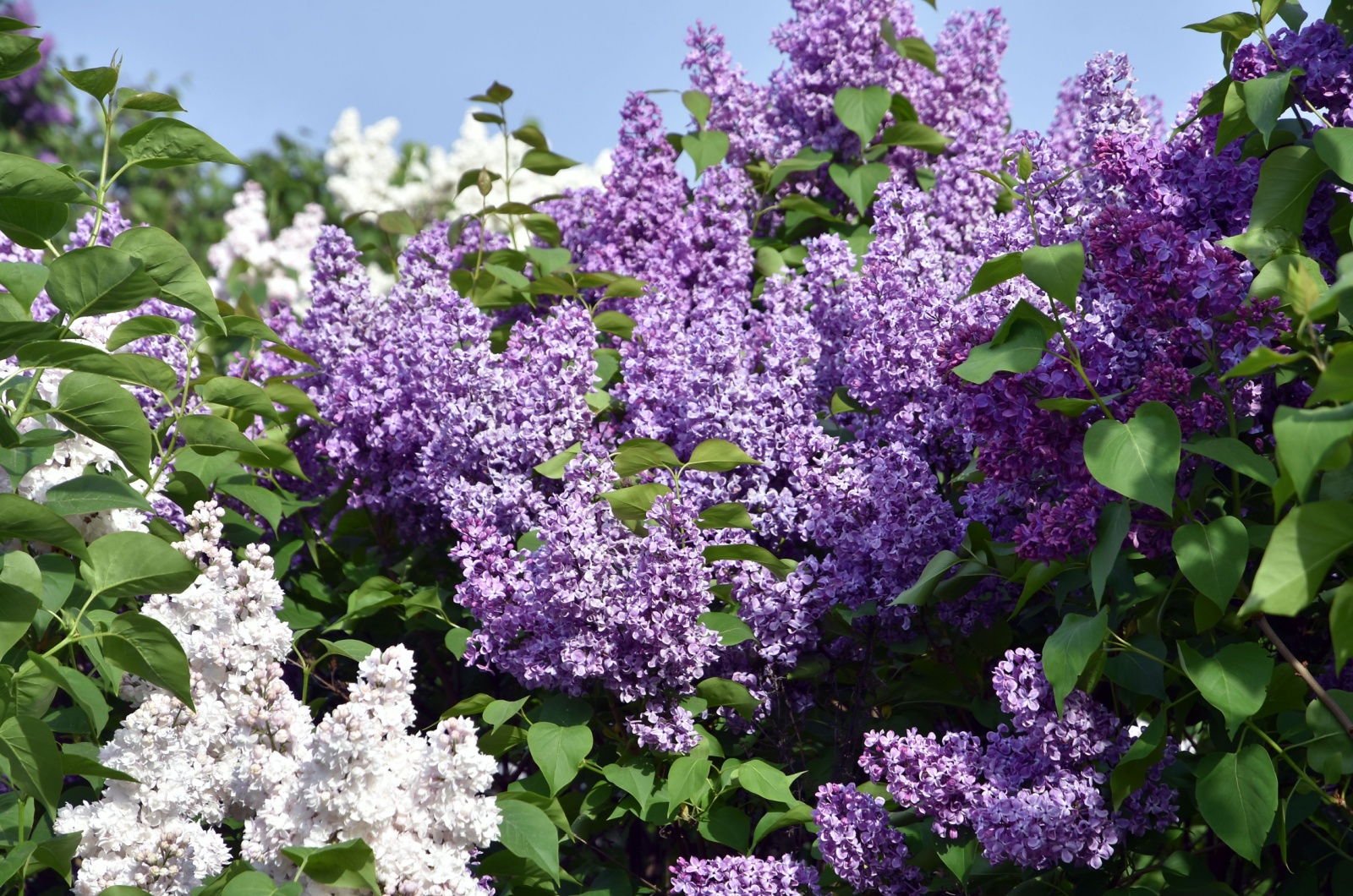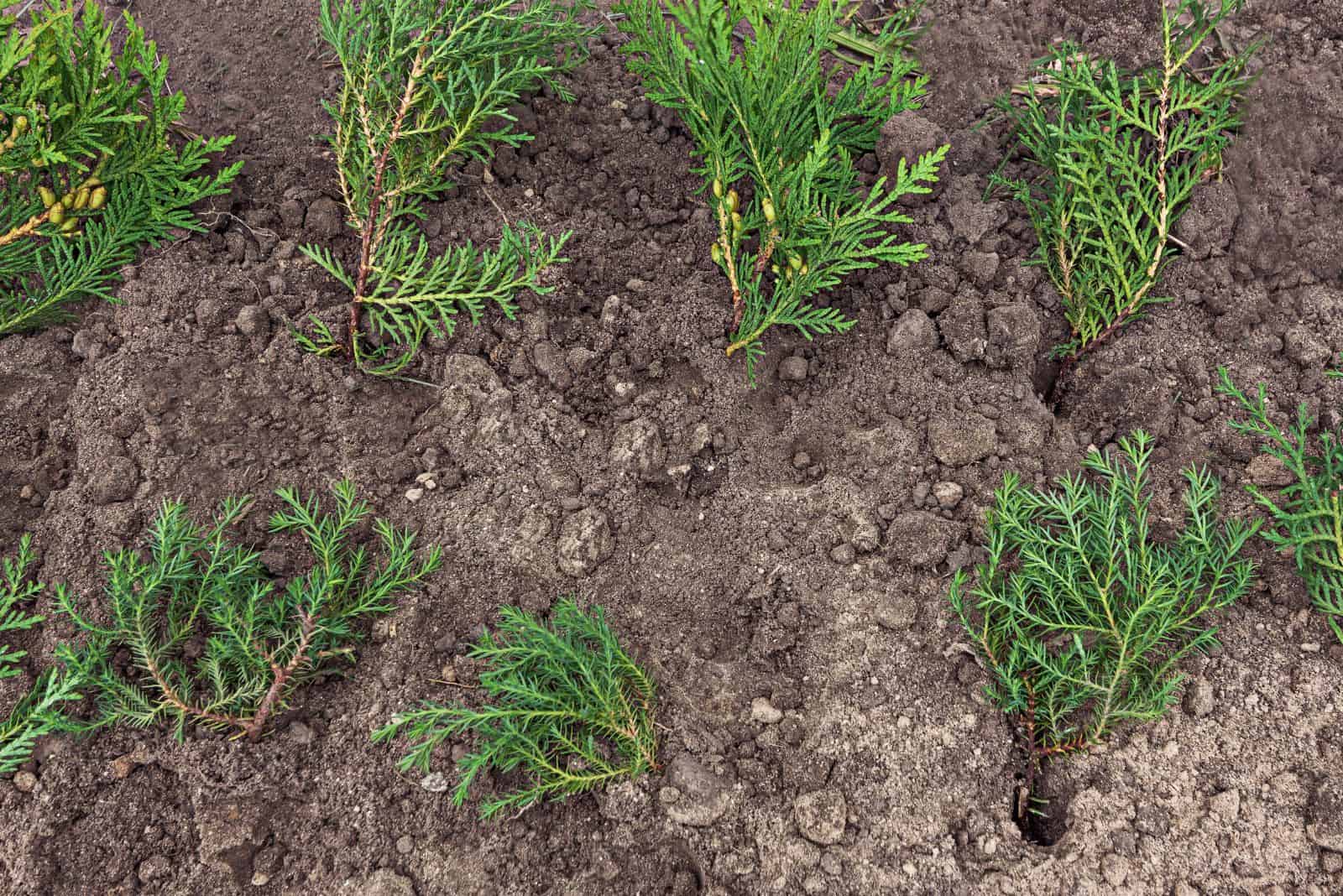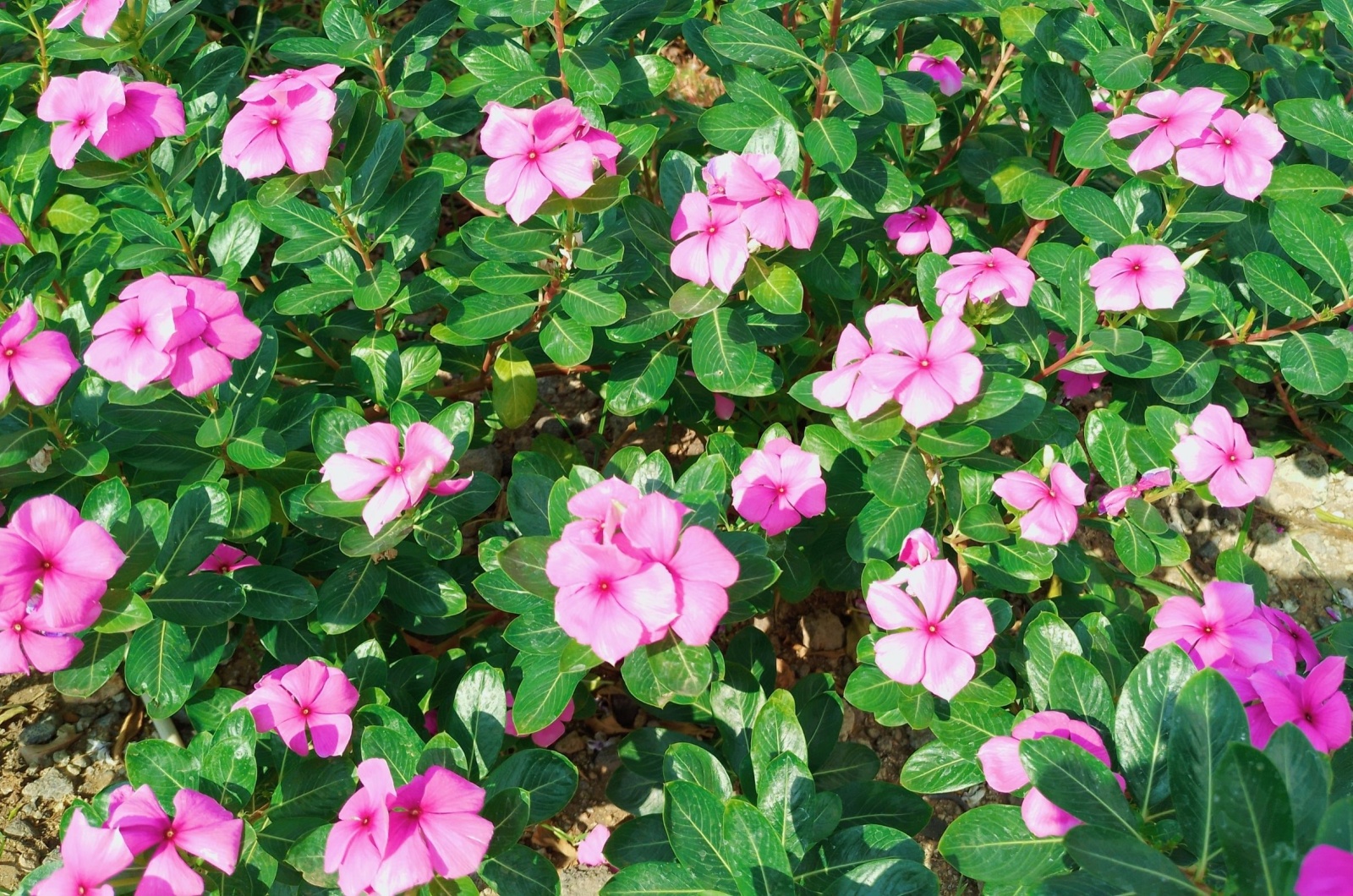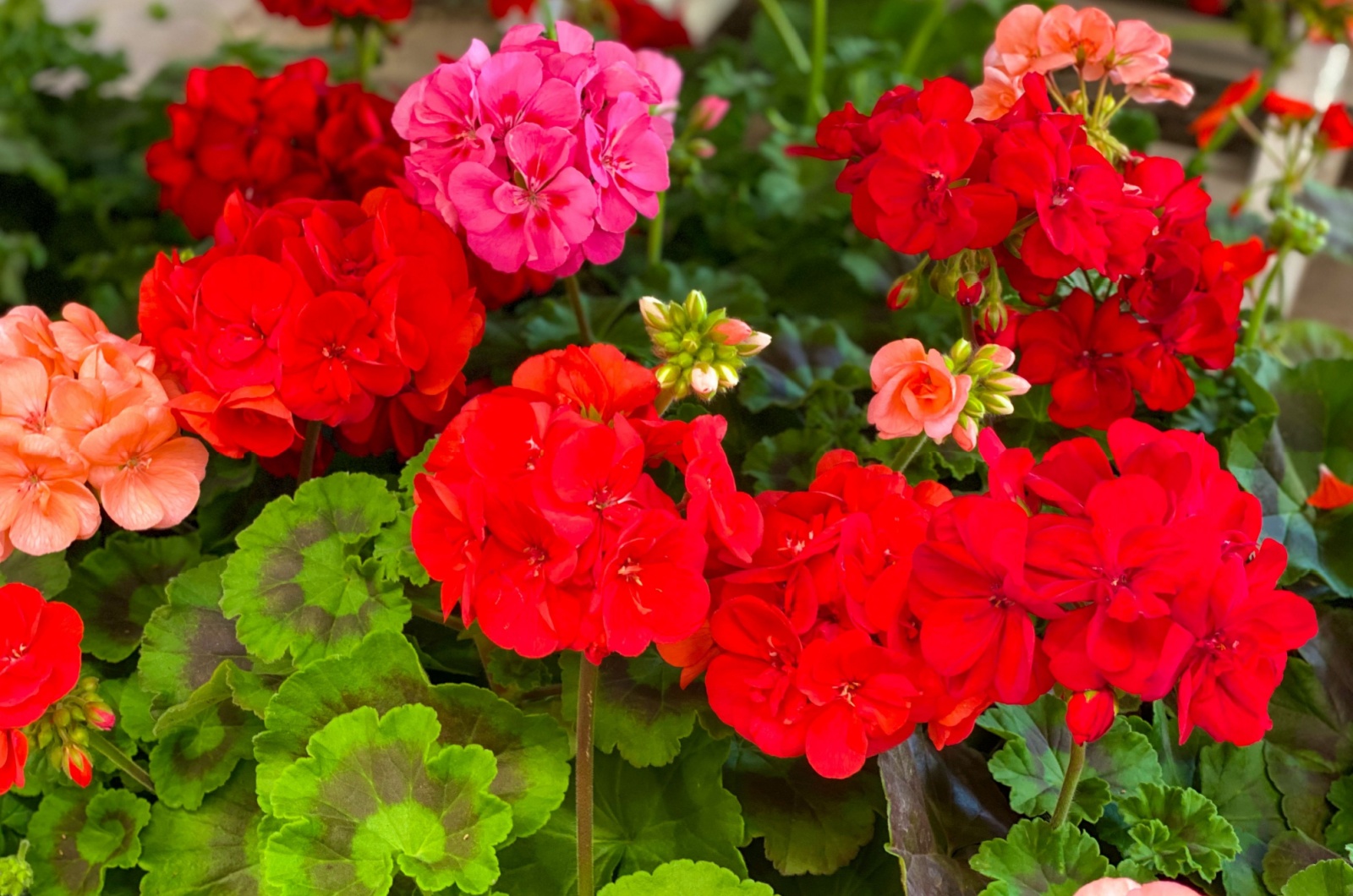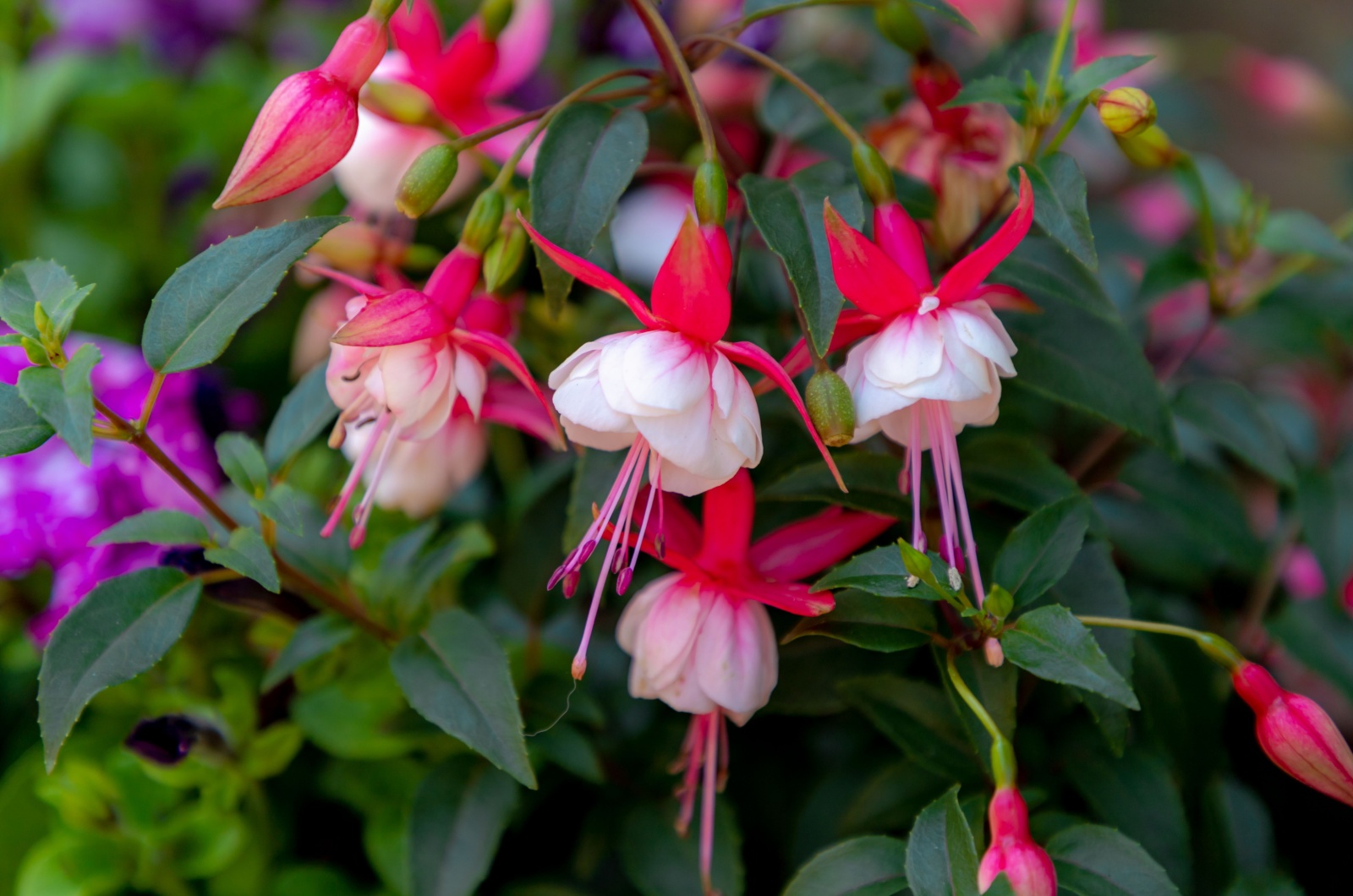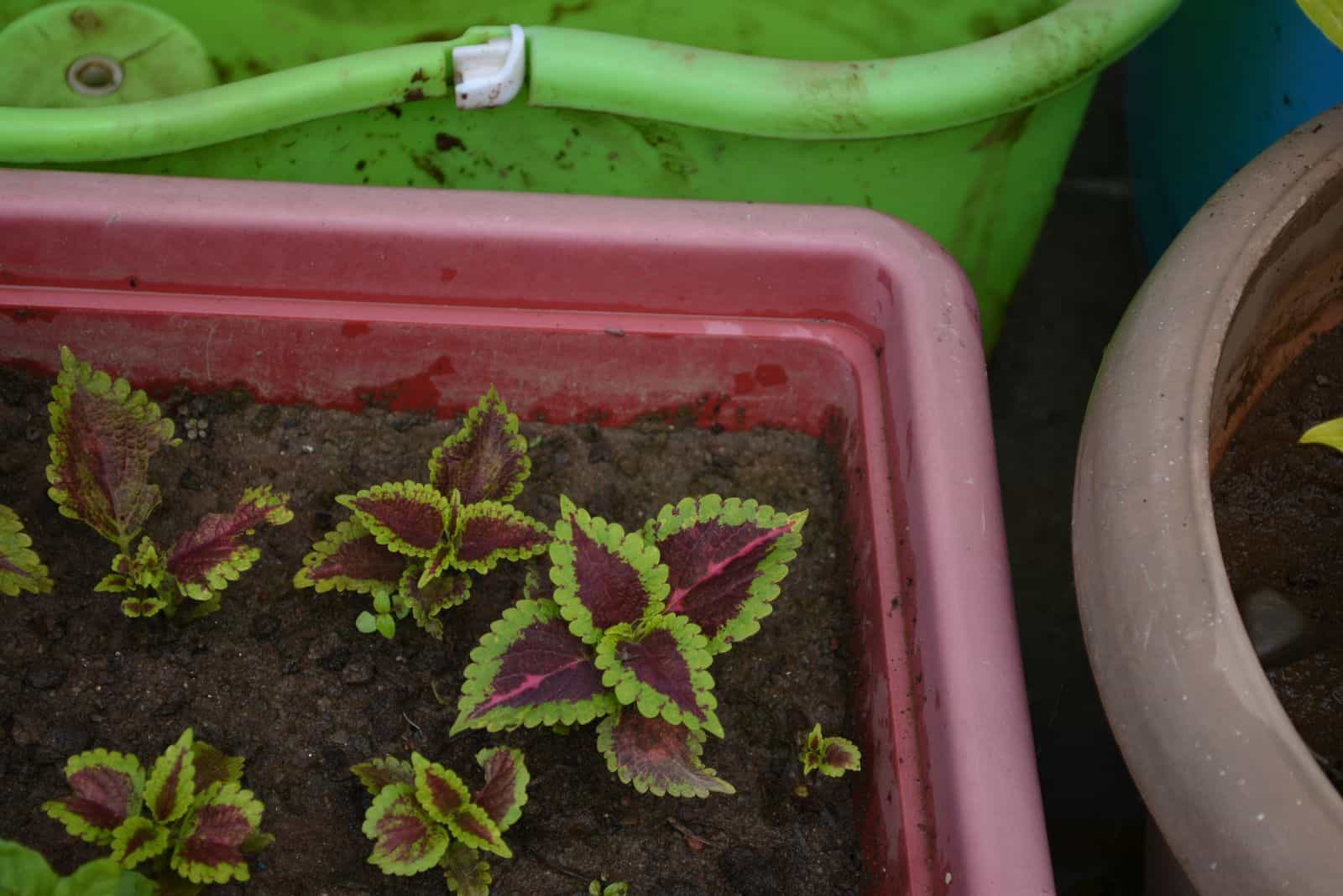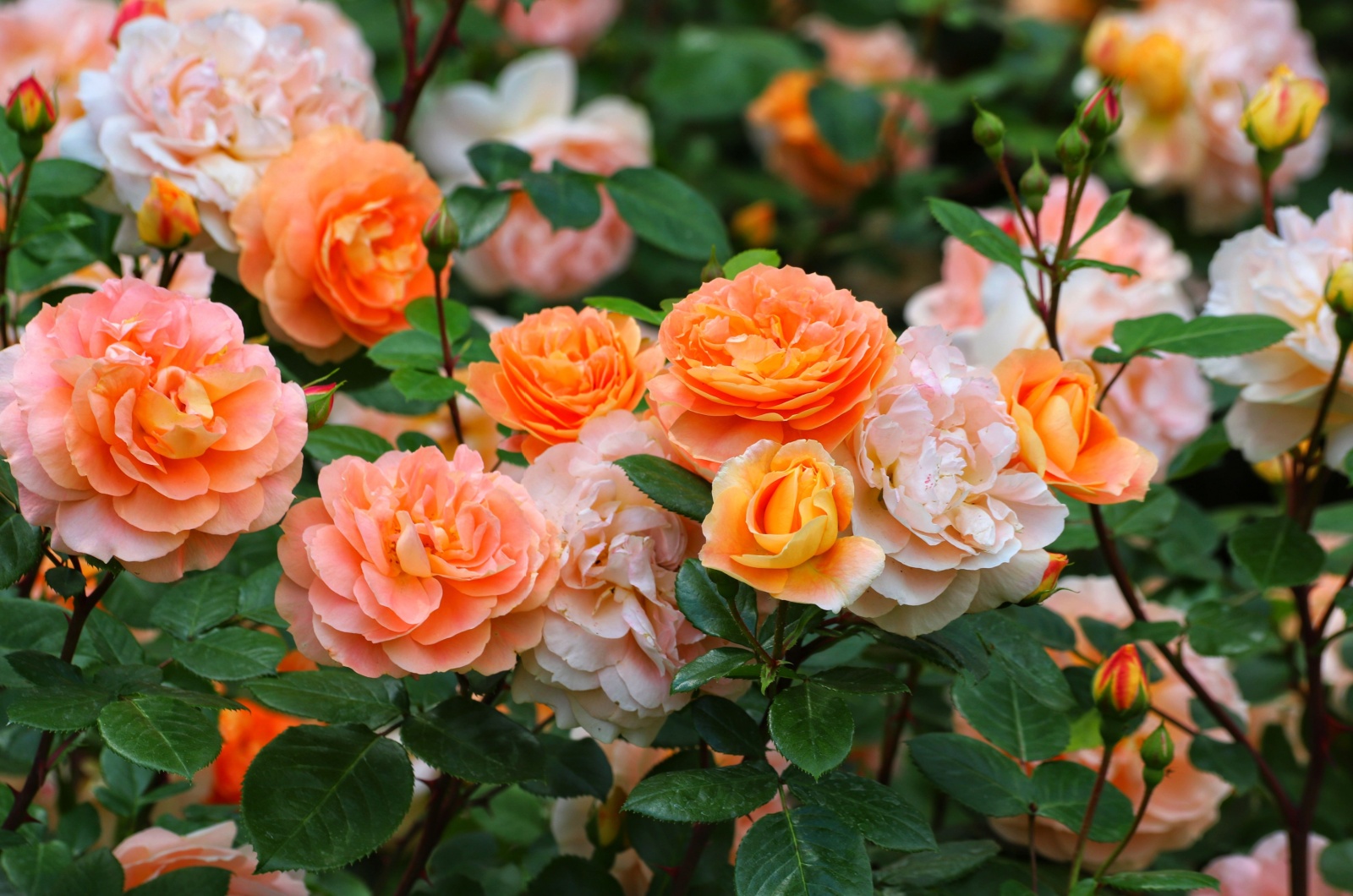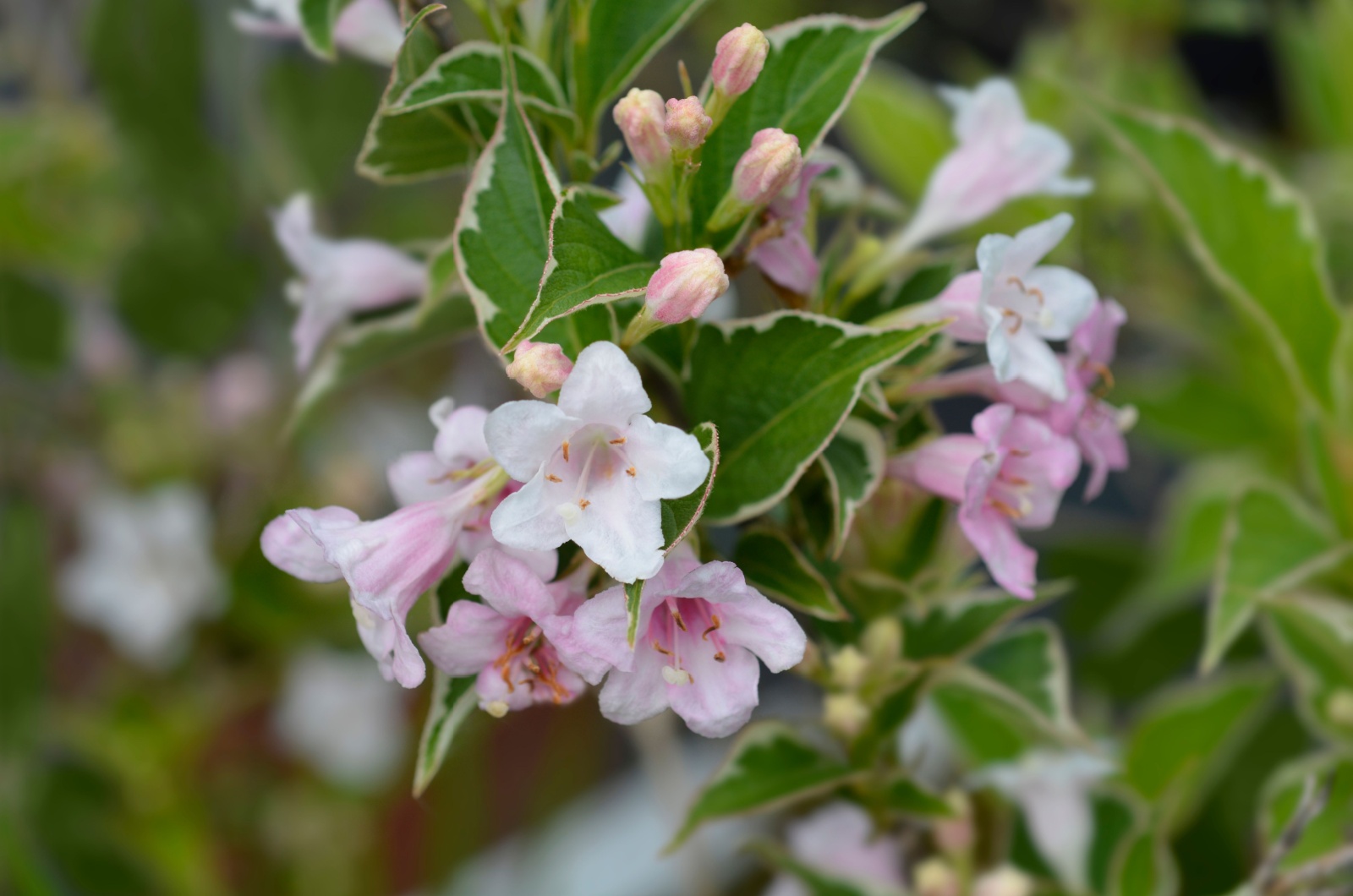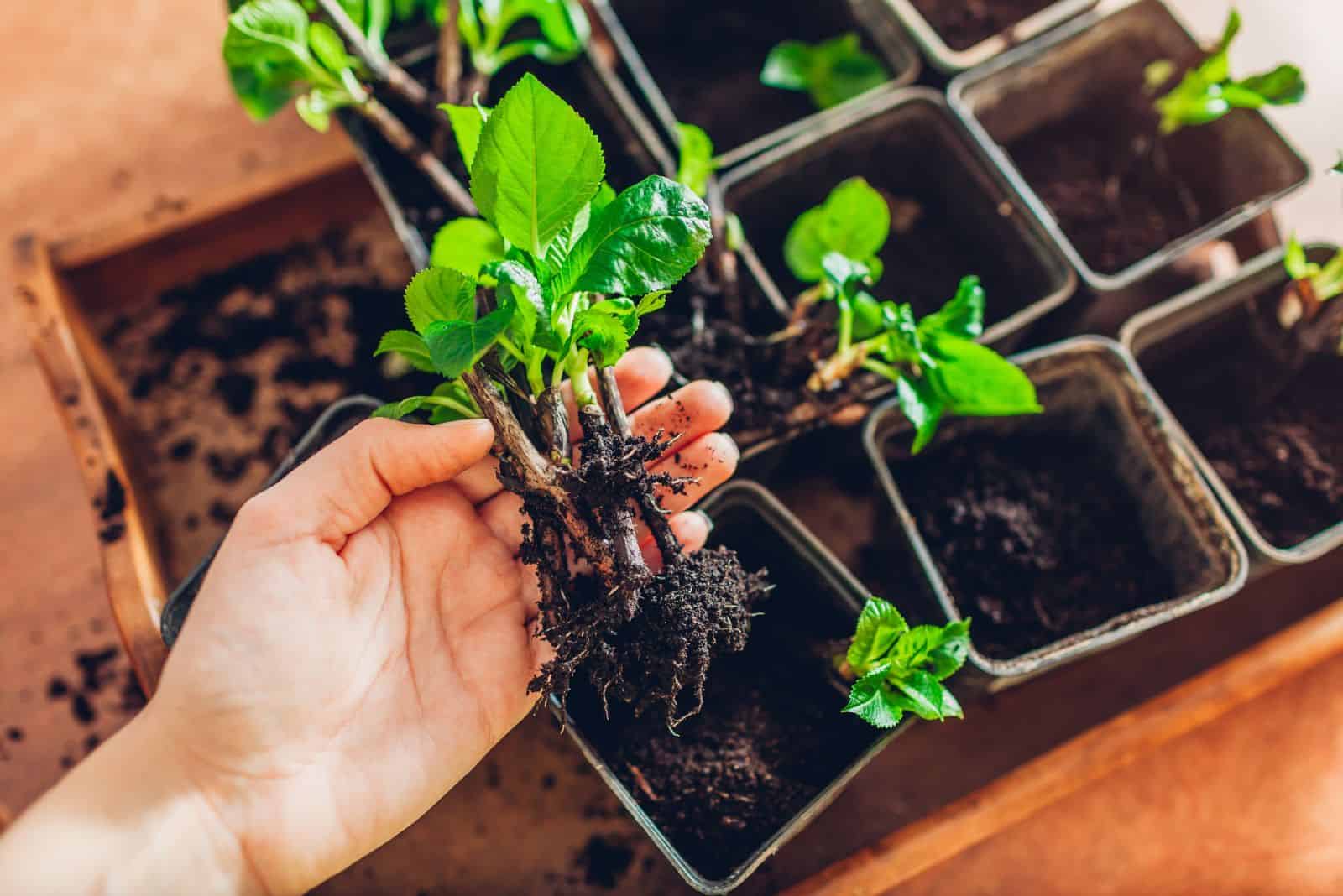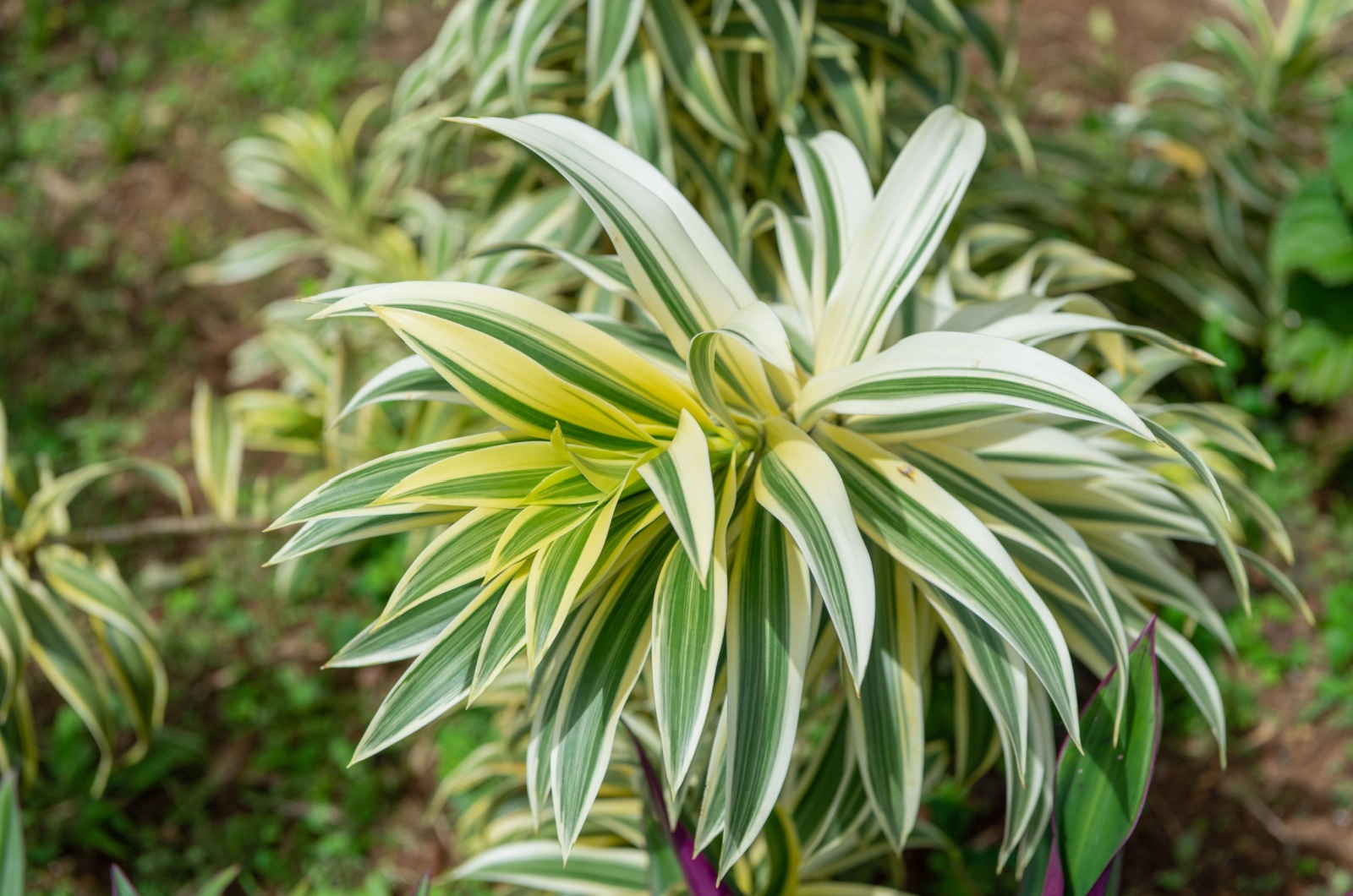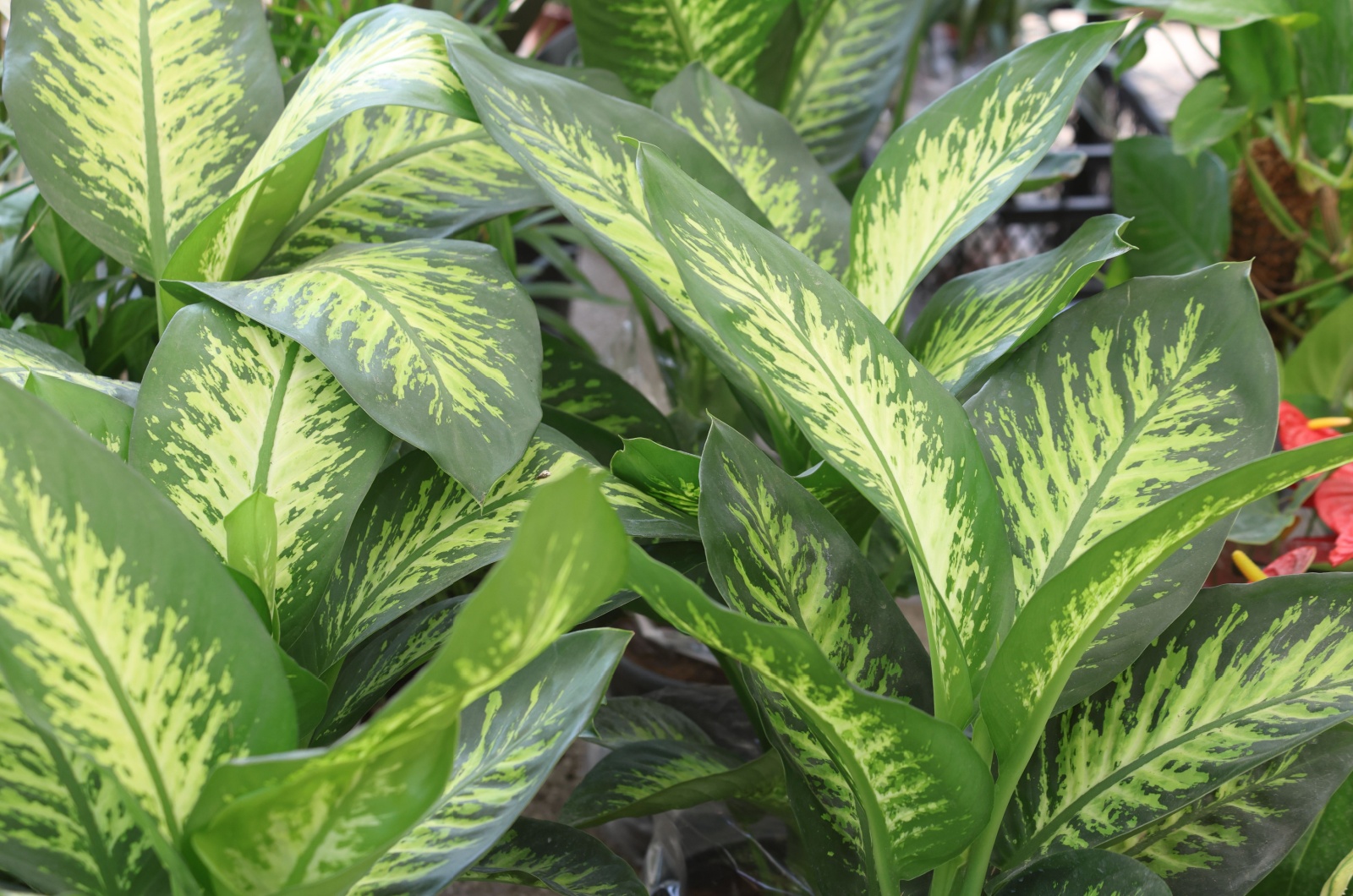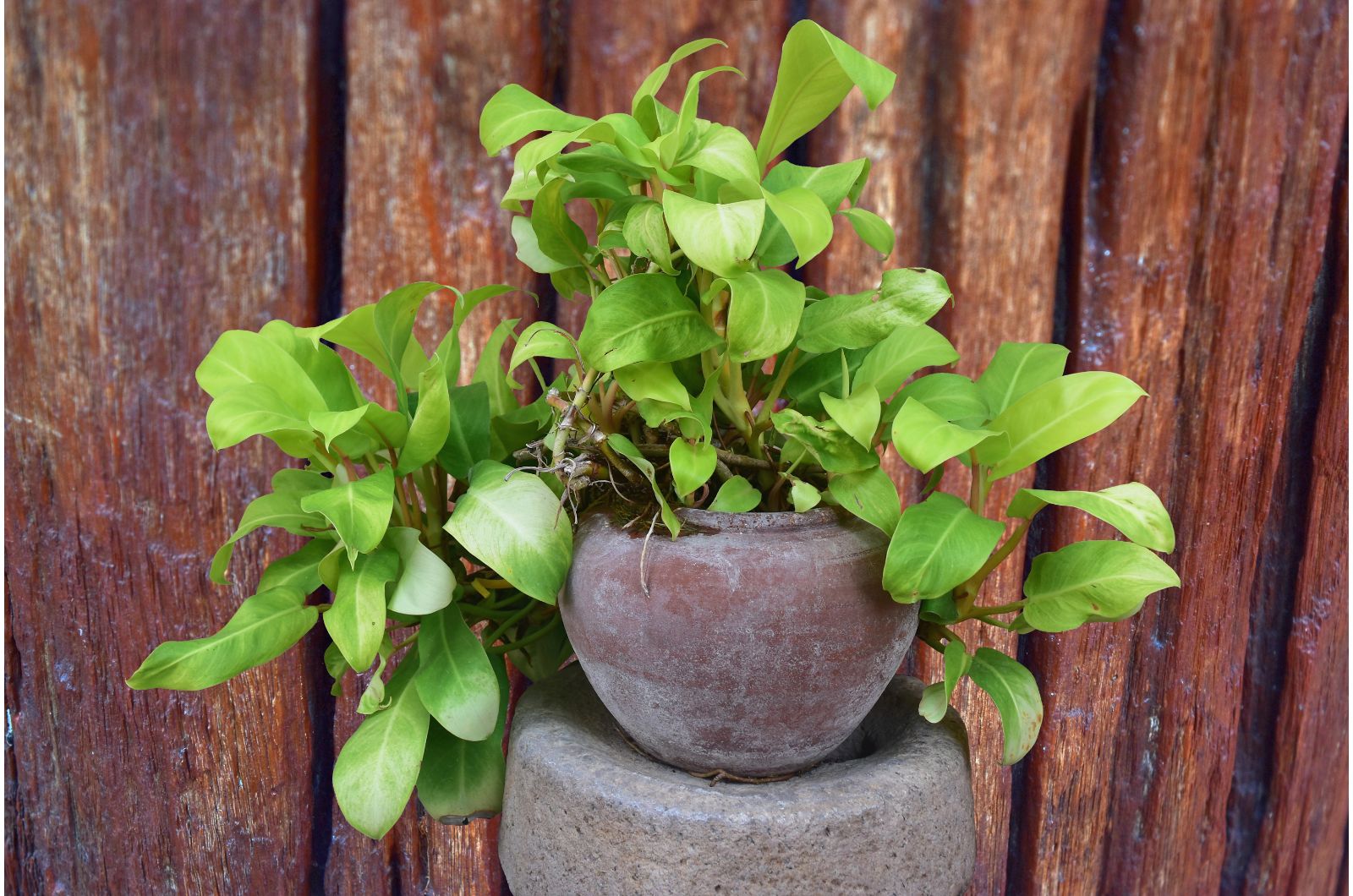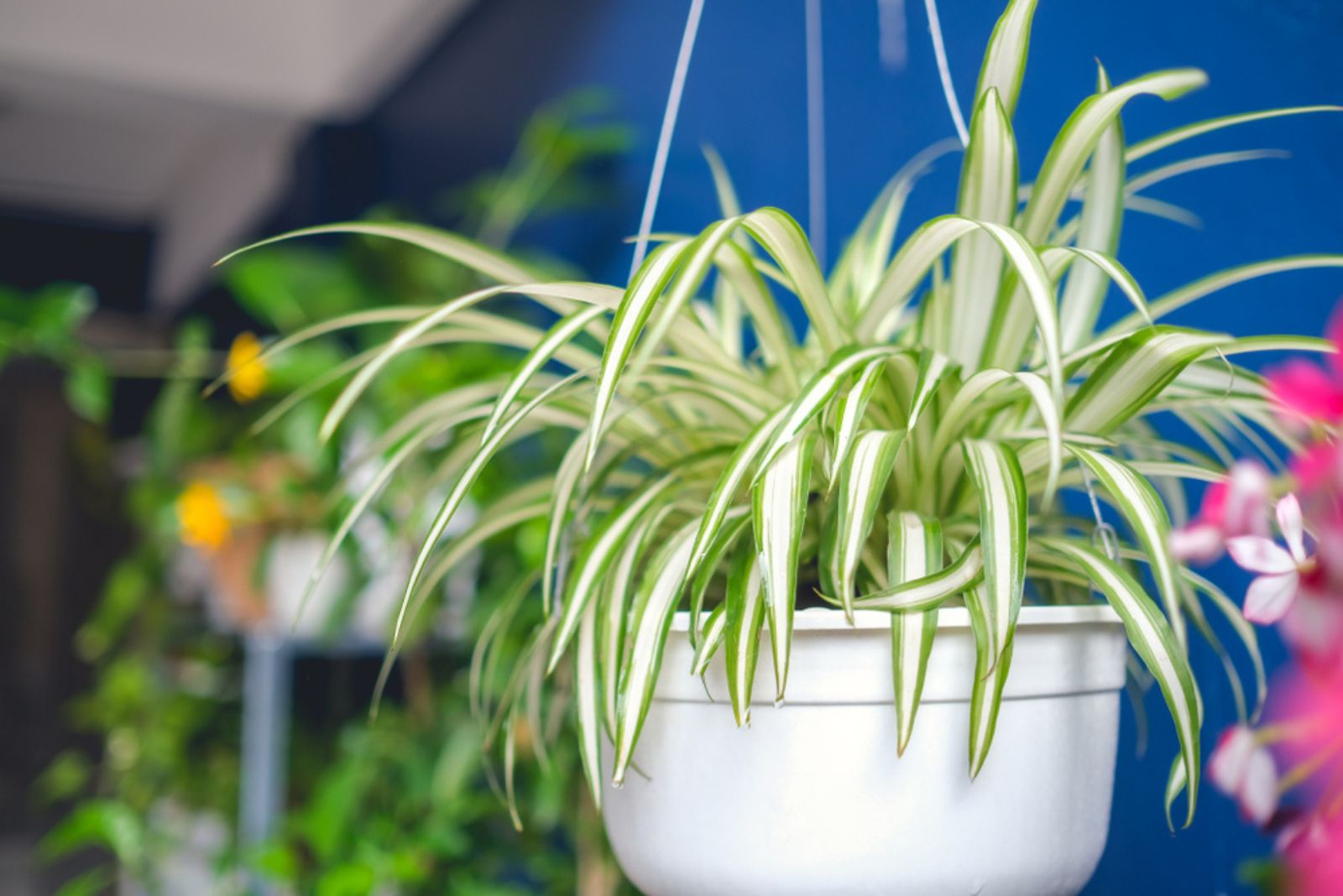Do you enjoy growing plants and want to expand your collection without spending a fortune? The best way to do it is by propagating your existing plants through cuttings.
This is a straightforward and cost-effective method, and the best thing is that you can share some cuttings with your friends and family.
I’ll show you 26 plants and herbs you can propagate from cuttings, tell you more about different types of cuttings, and give you some tips for promoting root development.
So whether you’re an experienced grower or just dipping your toes into the world of gardening, let’s dive into the world of plant propagation!
Exploring The Different Types Of Cuttings
The great thing about cuttings is that they’re more robust than seedlings. Plants grown from cuttings typically develop faster than those grown from seeds.
For instance, roses, succulents, and certain shrubs need a lot of time to establish when grown from seeds. If propagated through cuttings, they’ll need less time to develop roots.
Additionally, cutting propagation will give you an exact replica of the parent plant. This is not the case with seeds because you never know if they’re really the seeds of the plant you want to grow.
There are several types of cuttings and their characteristics mainly depend on the age of the plant stem from which they’re taken.
Hardwood Cuttings
Once the growing season ends, shrubs will enter the dormancy stage. Their woody stems will harden off so it’s the perfect time to take their cuttings.
Although you can take the cuttings in winter, I recommend doing it in fall or when your plant shed its leaves. This will give the roots enough time to develop and produce new growth in spring.
Compared to softwood cuttings, hardwood cuttings may take more time to root but they are stronger and more durable.
Softwood Cuttings
Plants typically enter the growing season and generate new shoots in early spring. You can take the cuttings from tender stems that are growing actively.
Cuttings will develop new roots later in the season and be ready for transplantation. This method is very common when propagating ornamental plants.
Semi-Ripe Cuttings
These cuttings are taken in the summer while the tip of the stem is soft and flexible, but starts to harden off around the base.
They need more time to establish compared to softwood cuttings, but they are a little bit stronger.
Basal Cuttings
To propagate your plant from basal cuttings, you need to cut it at the base of the plant, i.e., where the stem meets the roots.
Growers use this method when propagating ornamental shrubs.
Tip Cuttings
The tip cutting propagation method involves removing the very end of the plant’s stem or shoot. You can use this method for many different plant species, such as herbs or certain tender shrubs.
These cuttings will root best if taken in late spring or early summer when the stems and shoots are still tender.
Stem Cuttings
You can also remove the middle part of the stem and use it for propagation. There’s one essential thing to consider if you decide on using this method, which is that the stem section will only generate new growth if it has at least 2 nodes attached.
You can use this technique if you want to propagate some herbaceous perennials, shrubs, or trees.
Leaf Cuttings
The leaf cutting propagation method involves taking either the entire leaf or a portion. This method is suitable for plants such as succulents, begonias, or African violets.
However, if you’re growing succulents from leaf cuttings, I recommend using the entire leaf.
Heel Cuttings
The heel in this case refers to a piece of the parent plant’s stem and a small section of the plant’s bark and tissue.
This multiplication method is most commonly used for trees and shrubs.
Root Cuttings
If you want to propagate a tree or shrub, you can also use the root cutting technique. It involves removing a portion of the root while the parent plant is still dormant.
Some plants don’t produce many stems above the soil line, so the root cutting method is the best choice in this case.
How To Improve Rooting
Once you determine the ideal cutting propagation method for your plant, it’s time to root the cuttings. Let’s look at a few excellent ways to promote root development.
Prepare The Cuttings
It would be great if it was as simple as putting the cuttings in the soil and having them quickly develop multiple roots. Although it can happen sometimes, you should stay on the safe side and do everything you can to prevent rotting or any other issues.
After taking the healthy cutting, you must remove the lower leaves before planting. If you don’t remove the leaves from your cutting, they could quickly rot if they’re below the soil line.
If you propagate using woody cuttings, you need to scrape their bottom section to expose more ‘raw’ material. We refer to this as cambial tissue, and it’s actually the part where new growth will occur.
When you take a section from a fleshy stem, it needs to develop a callus on the cut end, i.e., create a layer of dry tissue.
Choose The Best Rooting Medium
The rooting medium must retain moisture.
However, heavy soils retain moisture too much, so you also need porous and free-draining soil types.
A combination of water-retaining materials such as peat moss, and porous materials such as perlite or horticultural sand, works best as a rooting medium for all types of cuttings. There’s no need to add additional food (fertilizer) when rooting the cuttings in soil.
Never use garden soil as a rooting medium for any type of cutting. The soil is too heavy and often contains bacteria or other harmful substances that can severely damage the cuttings.
Mist And Water Regularly
Wilting and drooping are pretty common in soil propagation, and it happens mainly because of insufficient moisture content in the soil.
After you plant the cutting in the soil mixture, you need to check on it regularly and keep the soil well moisturized.
However, if you add too much water and the soil becomes overly saturated, the cuttings will most likely rot.
I simply fill a spray bottle with water and regularly mist the soil. This way, I don’t risk overwatering and my cuttings have enough moisture all the time.
You can also use a watering can and add water when the upper part of the soil dries out. If you plant the cuttings in a free-draining and porous potting mix, the chances of overwatering are very low.
You can also cover your cuttings with a plastic bag to trap humidity and ensure more moisture.
Many growers use water as a rooting medium; the roots sprout faster but they’re more sensitive and susceptible to rotting.
Use Heating Pads
Cuttings can’t develop roots if temperatures are too low. The best way to ensure enough heat for the roots to sprout is by using heating pads.
There are various high-quality heating pads on the market, which are cost-effective and can be used in multiple ways in gardening.
Try Rooting Hormones
Rooting hormones are on the list of equipment in the majority of propagation guides. The essential thing to understand is that these hormones aren’t obligatory and should be used for plants that struggle with rooting in general.
You can also use natural rooting hormones such as cinnamon or apple cider vinegar. I mix 1 tsp of vinegar with 5 cups of water and dip my cuttings in it.
Plants For Successful Cutting Propagation
Now that you know everything about propagating plants through cuttings, it’s time to see which plants get the best clones with this method.
I have to mention that some herbs, mainly annuals, grow well from seeds so there’s no need to propagate them through cuttings.
Also, I don’t recommend propagating fruit tree cuttings grafted onto rootstocks. I even added rooting hormone to help, and got a few roots, but the cuttings didn’t develop well.
Here are some plants you can propagate easily through cuttings.
1. Basil
Even though basil grows well from seeds, you can take tip cuttings and get more plants throughout the entire growing season.
Simply cut the tip of the stem, plant it in the soil mix, put it somewhere it can get enough bright indirect sunlight, and mist the soil regularly.
Once your basil cutting develops a few healthy roots, transplant it to your garden.
2. Oregano
This is my favorite herb to propagate in general. I guess it’s because I love its scent and taste!
Inspect your oregano plant and if it’s entirely healthy, take a 4-6 inch long stem cutting. Remove the bottom leaves and plant your oregano-to-be in a free-draining soil mix.
Oregano cuttings typically need about 2 weeks to develop roots.
3. Thyme
You can propagate the majority of thyme varieties using tip cuttings. Use some sharp scissors to remove the tip of the thyme stem and plant it in a well-draining potting mix.
4. Lavender
To grow lavender from cuttings, you need a cold frame, scissors, and a nursery pot filled with potting mix.
Remove the top 3 inches of lavender stem, plant it in a potting mix, and put the pot in a cold frame.
Lavender cuttings take approximately a month to generate new roots
5. Sage
Once the fall approaches, take your sage and remove the top 3-4 inches from the base of the plant. Plant the cutting in a free-draining soil mix and ensure enough indirect sunlight.
Since the cutting will be growing during the winter months, make sure temperatures are warm enough.
6. Catmint
If you want to propagate catmint, simply take a 4-6 inch long stem cutting, cut it below a node, and make sure the cutting has a few leaves.
Before you plant the catmint cutting, don’t forget to remove the lower leaves.
7. Comfrey
Comfrey is a herb you can successfully propagate through root cuttings. If your comfrey is healthy and has a strong root system, dig it up and take some cuttings.
There’s no need to plant the cuttings in pots; simply plant each section in your garden and cover it with a layer of mulch, and it will take up nutrients and water directly from the soil.
8. Horseradish
Similarly to comfrey, horseradish can be successfully propagated through root cuttings. This works for healthy horseradish cuttings taken in spring.
Again, there’s no need to pot the cuttings. When planting horseradish in your garden, make sure there’s approximately a foot of distance between each cutting.
9. Begonia
Propagating the Begonia maculata and all other Begonias is a fun and easy way to get more of these lovely plants.
The most common way to multiply these plants is using their leaf cuttings. All you need to do is take a healthy Begonia leaf and create a couple of slashes on the veins on the leaf undersides.
Lay the cutting on a mixture of peat moss and sand, and put a pebble or two on the cut end of the leaf to ensure it touches the soil.
Put the pot in a bright and warm location with indirect sunlight, and the cut end of the leaf will soon generate new growth.
10. Aglaonema
If you grow a Chinese evergreen plant, aka Aglaonema, you’ll be happy to hear that you can get more of these plants using tip cuttings.
Combine sand potting mix with compost and put the Aglaonema tip cuttings in it. Irrigate it regularly to prevent dehydration, but never keep the soil soggy.
Mist your Aglaonema leaves regularly to avoid wilting and drooping. Once the cutting generates new roots, you can stop misting because the new roots will provide water.
11. Rubber Plant
Even though you can use rubber plant leaves to get new plants, the best option is to take stem cuttings.
Find a healthy rubber plant stem and cut a 4-6 inch portion with nodes and leaves attached. Remove the lower leaves and plant your rubber plant cutting in a free-draining potting mix.
I have to warn you that these plants need more time to generate new roots, so be patient. Keep the rubber plant cutting in a warm location with bright indirect light.
12. Philodendron
The hardest thing for me is choosing the prettiest Philodendron variety. I mean, all these plants look breathtaking and you can easily propagate them through tip cuttings.
You can use other propagation methods for your Philodendron, but from my experience, the tip cutting method works best.
Inspect your Philodendron and find a healthy tip cutting with a few nodes. If you find a mid-section with 2-3 nodes, you can also plant it to get more Philos.
13. Snake Plant
When it comes to succulents like snake plants, the easiest way to propagate them is through leaf cuttings.
The best thing about this is that you can take multiple sections from a single leaf. If each section is healthy and about 2-3 inches long, it will most certainly develop new roots.
Bear in mind that if you have a variegated snake plant variety, the new plant won’t preserve variegations.
In this case, I recommend using the rhizome division propagation method.
14. Jade Plant
You can propagate jade plants using three different methods, but the stem cutting method is my favorite.
Take a 3-4 inch portion of the jade plant stem and put it on a paper towel. Find a warm, bright place and leave the cutting for a few days to develop a callus. This way, you’ll avoid damage and rotting.
Mix peat moss and perlite, and put the jade plant cutting in it. Water the cutting when the soil feels dry to the touch.
15. Lilac
Lilacs are easily propagated through stem cuttings. The best time to take lilac cuttings is at the beginning of summer when the plant is still actively growing.
The lilac cutting should be about 4 inches long and have a few nodes and leaves attached. Plant it in a well-draining soil mix and keep the soil moist all the time.
16. Boxwood
You can get more new boxwood plants by taking a few stem cuttings. Pot each boxwood cutting and cover them with a plastic bag to ensure more humidity.
Never expose the cutting to direct sunlight because it can quickly burn it.
17. Impatiens
If you love vibrant and colorful impatiens flowers, you can take a few stem cuttings and propagate them.
Use sharp cutting tools to avoid damage on the parent plant.
18. Geranium
There’s one trick when propagating geraniums through cuttings, which is to delay watering the geranium you plan to propagate until it starts wilting. Water it thoroughly and take the cutting approximately 12 hours later.
Don’t worry, you won’t kill or damage the parent plant; you will actually promote rooting.
19. Fuchsia
Is there anyone who doesn’t like the teardrop-shaped blossoms of fuchsia plants? If you take stem cuttings in spring, you can get more of these incredible plants.
Take a tip cutting with a few leaves attached and put it in a free-draining soil mix. Trap humidity by placing the plastic bag over the cutting.
When new roots occur, plant your new fuchsia in your garden to enjoy more blossoms until the end of the season.
20. Coleus
Water your coleus well and snip off a couple of growing tips that have approximately 3 nodes attached.
Plant the coleus cutting in a well-draining soil mix and keep it in bright indirect sunlight.
21. Rose
When fall approaches, inspect your roses and take a few healthy hardwood cuttings. Each cutting should be approximately 12 inches long.
Plant rose cuttings in your garden and keep the soil evenly saturated until winter.
22. Weigela
When it comes to the weigela, you can either take the softwood cuttings in early summer or go with hardwood cuttings in fall.
If you take the cuttings in early summer, plant them in a moist potting mix and cover them with a plastic bag. Transplant the rooted weigela cuttings in the fall.
If you are propagating through hardwood cuttings, keep them in a cold frame during winter and replant in the spring.
23. African Violet
If you don’t know what to plant in your flower bed, African violets are always a good option. They’re super easy to maintain, look absolutely amazing, and can be easily propagated through leaf cuttings.
When your African violet plant generates a few new leaves, remove them with sharp scissors. Make a tiny hole in the soil mix and insert the cuttings. Put your African violet cutting in a warm, bright, and humid spot.
24. Hydrangea
For hydrangeas, the best propagation technique is tip cuttings. Each cutting should be about 4-6 inches long and have approximately 3 pairs of leaves.
Plant hydrangea cuttings in free-draining soil, and put them in a well-lit and humid room.
25. Dracaena
For Dracaena plants, you can either use tip cutting or mid-section cuttings. These plants tend to get leggy over time so you must prune them. Each time you prune, you can take a few cuttings and propagate them.
Sections should be approximately 12 inches long, and require a lot of humidity and bright indirect light.
26. Dumb Cane
As your dumb cane gets older, it will lose more and more of its bottom leaves. Remove the leafy heads and allow them to develop a callus.
Plant each dumb cane cutting in a pot filled with soil mix, and put it in a warm, well-lit area.
27. Pothos
Known for their air-purifying qualities, pothos are easy to propagate. Take a cutting with a couple of leaves and place it in water. Roots will form, ready for potting in soil. Pothos thrive in low-light conditions, requiring minimal care.
Their trailing vines add a lush, green aesthetic to any space. Regular trimming keeps them bushy and vibrant. Whether in a hanging basket or trained to climb, pothos brings a breath of fresh air indoors. Perfect for beginners, their adaptability is unmatched.
28. Spider Plant
Spider plants are known for their unique look and easy care. Take plantlets, or ‘babies’, from the mother plant and place them in water. Roots will appear, ready for planting. Spider plants thrive in bright, indirect light with regular watering. Their arching leaves create a striking display in any setting.
Often used in hanging baskets, their cascading appearance adds a touch of elegance. Spider plants are not only attractive but also excellent at purifying indoor air, making them a popular choice for homes and offices.

